The iOS 16 operating system is finally available to the public. Thanks to this, you can already install the long-awaited system, which is literally packed with interesting news. How you can update your iPhone, or which models are compatible, can be found in our article attached below.
It could be interest you
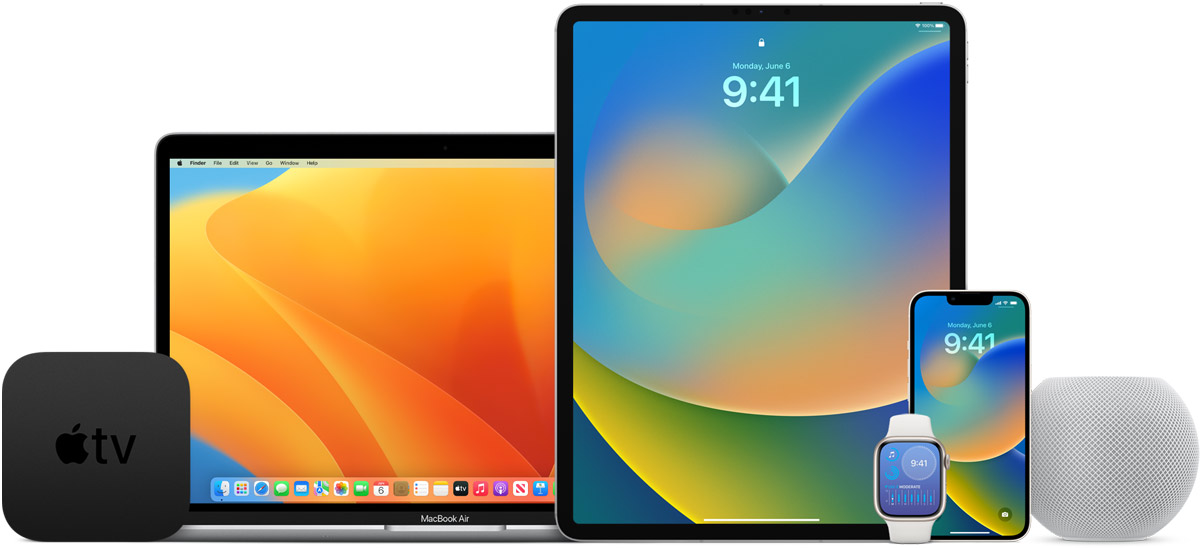
But now let's shine a light on the basic tips and tricks from iOS 16 that you should definitely know. As we mentioned above, the system is literally packed with new features, thanks to which you can find a number of great changes in it. So let's shine a light on them together.
Redesigned lock screen
One of the biggest changes in iOS 16 is the completely redesigned lock screen, which can now be personalized according to your needs and preferences. The lock screen can now be customized in a variety of ways, starting with customizing styles and wallpaper options. But let's get back to the editing options. In the settings, you can now adjust the style and color of the time, or even add various widgets directly to the lock screen, which can significantly make using the phone in general more pleasant and easier.
Thanks to this, Apple users can add, for example, the Weather widget to the lock screen, thanks to which they always have an immediate overview of the current situation and possible forecasts. In practice, however, you can add any widget that you would otherwise only have on your desktop. In addition to native applications, other apps and a number of utilities and tools are also offered. In connection with this change, we must also definitely not forget to mention the connection of the lock screen with the focus modes. With the arrival of iOS 15 (2021), we saw completely new Focus modes that replaced the original Do Not Disturb mode and significantly expanded its capabilities. iOS 16 takes this even further – it connects the individual modes to the lock screen, which can therefore change according to the current mode. Thanks to this, you can advance your productivity at work by displaying the right widgets, set a darker wallpaper together with sleep mode, and so on.
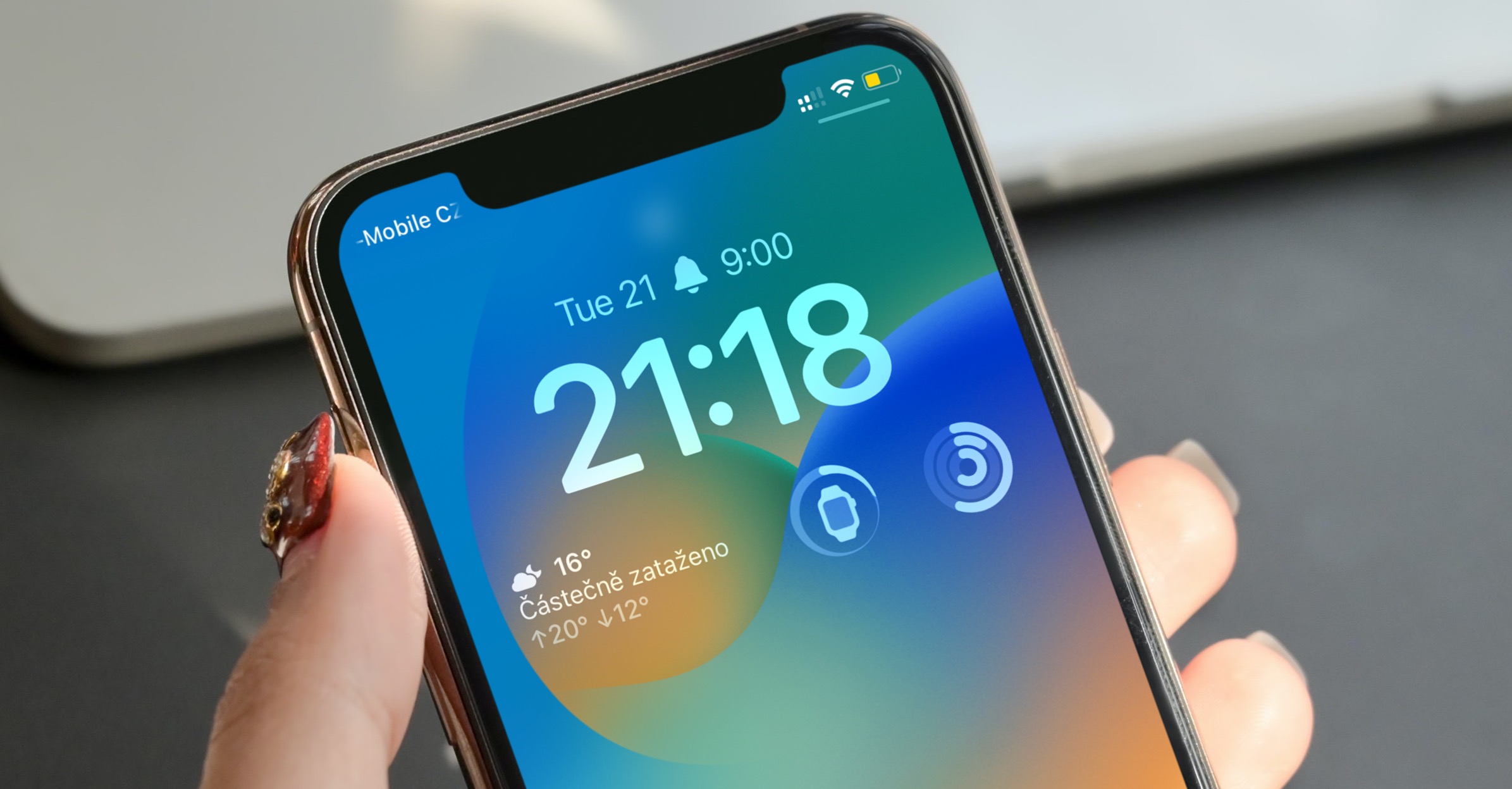
Along with the locked screen, we must not forget to mention the brand new notification systems. If you don't like the current way, you can change it in iOS 16. Overall 3 ways are offered – Number, Sada a List. You can find these options in Settings > Notification > View as. That's why we definitely recommend trying out the individual styles and finding the one that suits you best. You can find out how in the gallery below.
Return of the battery percentage indicator
The arrival of the iPhone X was completely revolutionary. Together with this model, Apple set a new trend when, thanks to the removal of the home button and the narrowing of the frame, it brought a phone with an edge-to-edge display. The only exception was the top cutout of the screen. It contains a hidden TrueDepth camera along with all the sensors for Face ID technology, which can unlock the device and authenticate other operations based on a 3D facial scan. At the same time, the well-known battery percentage indicator disappeared due to the cut-out. Therefore, Apple users had to open the control center every time to check the battery.
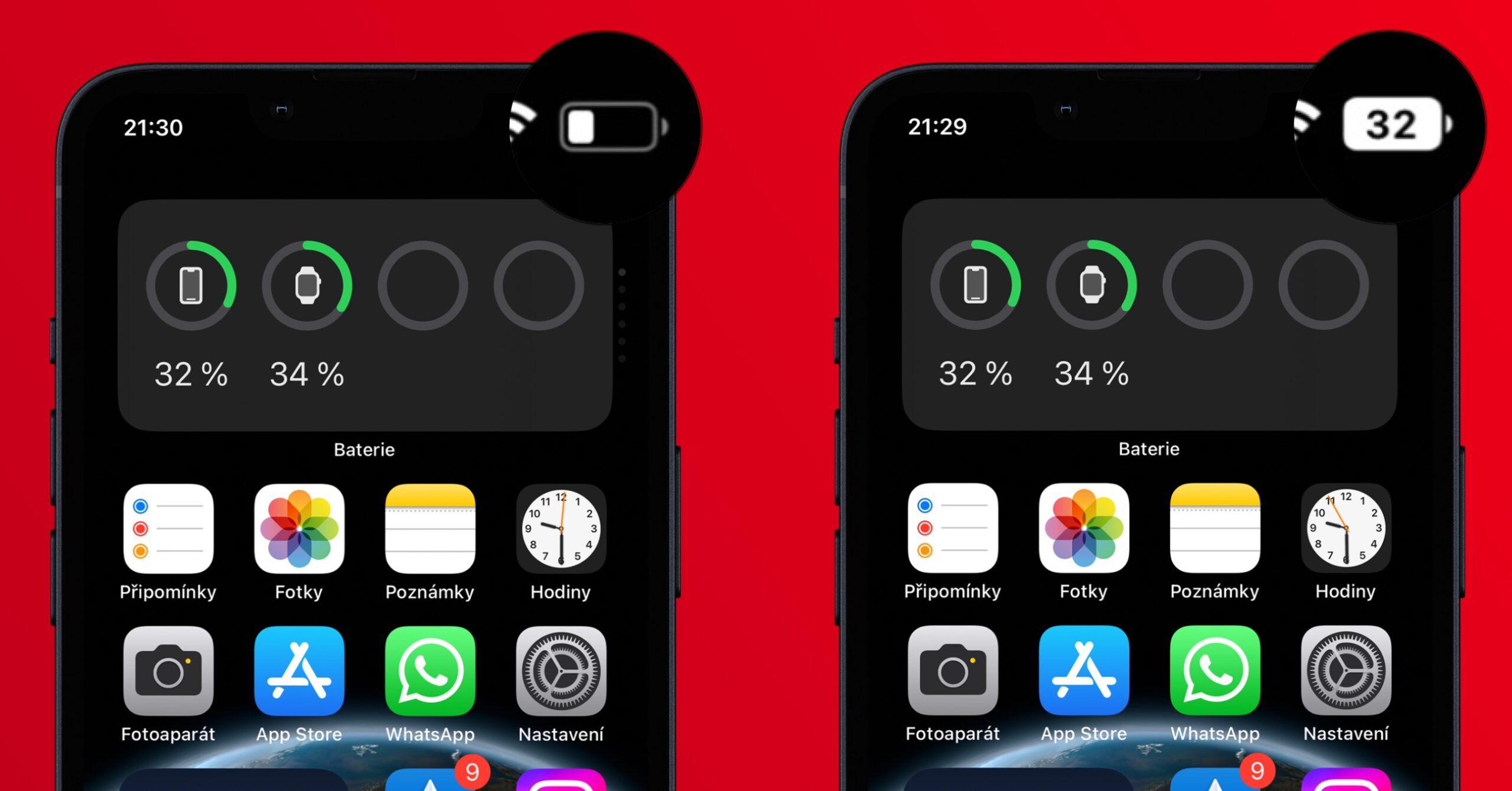
But iOS 16 finally brings a change and gives us back the percentage indicator! But there is one catch - you have to activate it yourself. In that case, just go to Settings > Battery and activate here Battery status. But it should also be mentioned that this option is missing on the iPhone XR, iPhone 11, iPhone 12 mini and iPhone 13 mini. In addition, the percentage indicator has a newer design and shows the percentage directly in the battery icon.
Editing iMessage messages and their history
Another important innovation that Apple users have been clamoring for literally years is iMessage. As part of iOS 16, it will finally be possible to edit already sent messages, thanks to which Apple with its own system will move one step closer to competing platforms, on which we have found something like this for a long time. On the other hand, it is important to know how the message may have changed and whether its meaning has changed. That is why the new system also includes a history of messages and their modifications.
In that case, just go to the native app News, to open a specific conversation and find the message that has been modified. Just below it is text written in blue Edited, which you just need to tap to display the mentioned complete history. You can see how it all looks in practice in the gallery attached above.
View saved Wi-Fi passwords
You may have encountered a situation where you needed to share your Wi-Fi network password. If you need to share a password with an Apple device user, then it is quite simple - the system recognizes the situation and you just need to click the share button. But if they are users of competing systems (Android, Windows), then you are simply out of luck and you practically cannot do without knowing the password. Until now, iOS lacked a function for displaying saved Wi-Fi passwords.
When you go to Settings > Wi-Fi, at the top right, tap Adjust and authenticate via Touch/Face ID, you can just find a specific network in the list of Wi-Fi networks and tap button ⓘ to view the saved password. In this way, you can view the passwords for all saved networks and possibly share them with friends.
Shared iCloud Photo Library
Do you want to share selected photos with your family? If so, then you will definitely appreciate the so-called shared photo library on iCloud, which is designed for exactly these purposes. In this way, you practically get another library for family albums, photos and videos, to which pre-selected users will have access. However, you have to activate this new feature within the new iOS 16 operating system.
First, go to Settings > Fotky > Shared library and then just go through the setup wizard Shared photo libraries on iCloud. In addition, in the guide itself, the system directly asks you to select up to five participants to share the content itself. At the same time, you can immediately transfer existing content to this new new library and then co-create it. In a native application Fotky you can then switch between individual libraries by tapping the three dots icon in the top right.
Block mode
The iOS 16 operating system received a rather interesting news, which is intended to secure the device against hacker attacks. This role is taken on by the brand new Block Mode, with which Apple targets "more important people" who could theoretically face the attacks. It is therefore a function primarily for politicians, investigative journalists, police officers and criminal investigators, celebrities and other publicly exposed persons. On the other hand, it is necessary to take into account that activating the blocking mode will limit or disable some options and functions. Specifically, attachments and selected features in native Messages will be blocked, incoming FaceTime calls will be disabled, some web browsing options will be disabled, shared albums will be removed, two devices will not be connected by cable when locked, configuration profiles will be removed, and so on.
According to the description mentioned above, the blocking mode is really a more robust protection that can come in handy from time to time. If you are interested in security in general and would like to know how to possibly activate the mode, then it is quite simple. Just go to Settings > Privacy and security > Block mode > Turn on blocking mode.
New options in the Mail app
The native Mail application has finally received a significant improvement. It moved several levels forward and finally caught up with competing e-mail clients. In particular, Apple has added a number of new options, including scheduling the sending of an e-mail, reminding it or possibly canceling the sending. Let's therefore briefly review how the mentioned news works and how they can be used.
Schedule an email to be sent
In some situations, it may be useful to prepare an email first and have it sent automatically at a predetermined time. In this case, it is necessary to open the application Email and write a new email or reply. Once you have everything ready and you can practically send the mail, hold your finger on the arrow icon in the upper right corner, which is normally used for sending, which will show you another menu. Here, all you have to do is schedule the send and you're done - the app will take care of the rest for you. As you can see in the gallery below, the app itself offers four options namely send immediately, send at night (21pm) and send tomorrow. The last option is Send later, where you can choose the exact time and other details yourself.
Email reminder
Perhaps you have ever found yourself in a situation where you received an email, you accidentally opened it with the thought that you would come back to it later, and then you forgot about it. This is likely due to the fact that a particular mail appears as already read, making it easier to miss. Fortunately, Apple has a solution for this - it will remind you of emails, so you won't forget about them. In this case, just open native Mail, open a specific mailbox with e-mails, find the e-mail you want to be reminded of later and swipe from left to right. After that the options will appear where you need to tap on the option Later, then choose when it should happen and you're done.
Unsend email
The last option we will look at in connection with the native Mail application is the so-called cancellation of sending an email. This can come in handy in various cases – for example, when you forget to attach an attachment, or you choose the wrong recipient, etc. But how to actually use this option? Once you send an email, an option will appear at the bottom of the screen Cancel send, which you just need to tap, which will prevent the email from being sent further. But, of course, there is also a minor catch. The button is only active for 10 seconds after the initial sending. If you miss it, you are simply out of luck. It is actually such a minor fuse, thanks to which the mail is not sent immediately, but only after ten seconds.

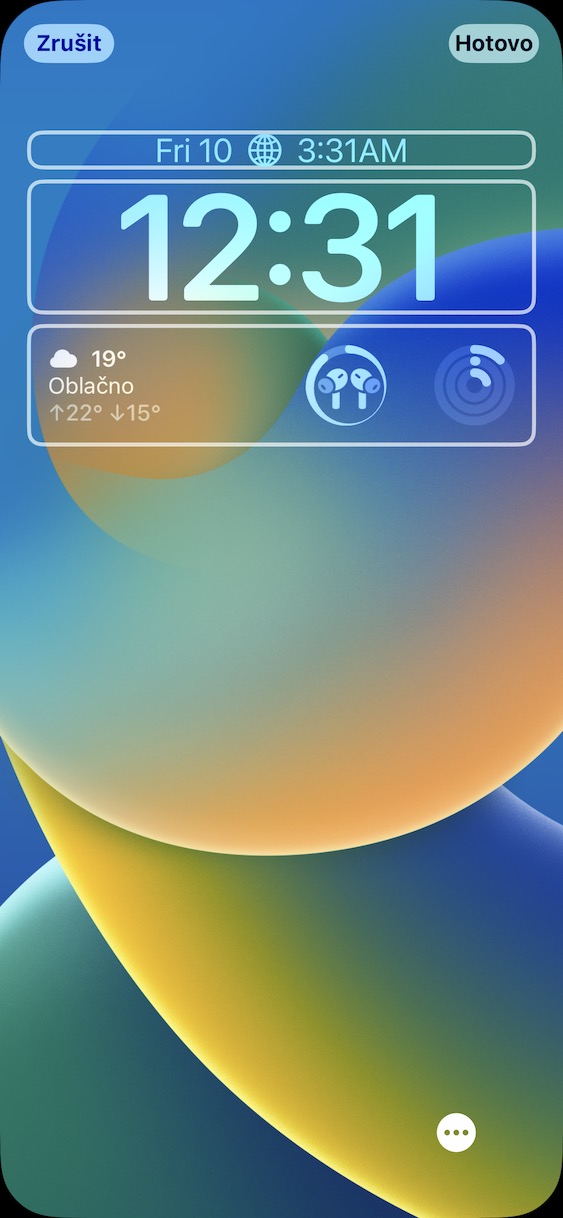

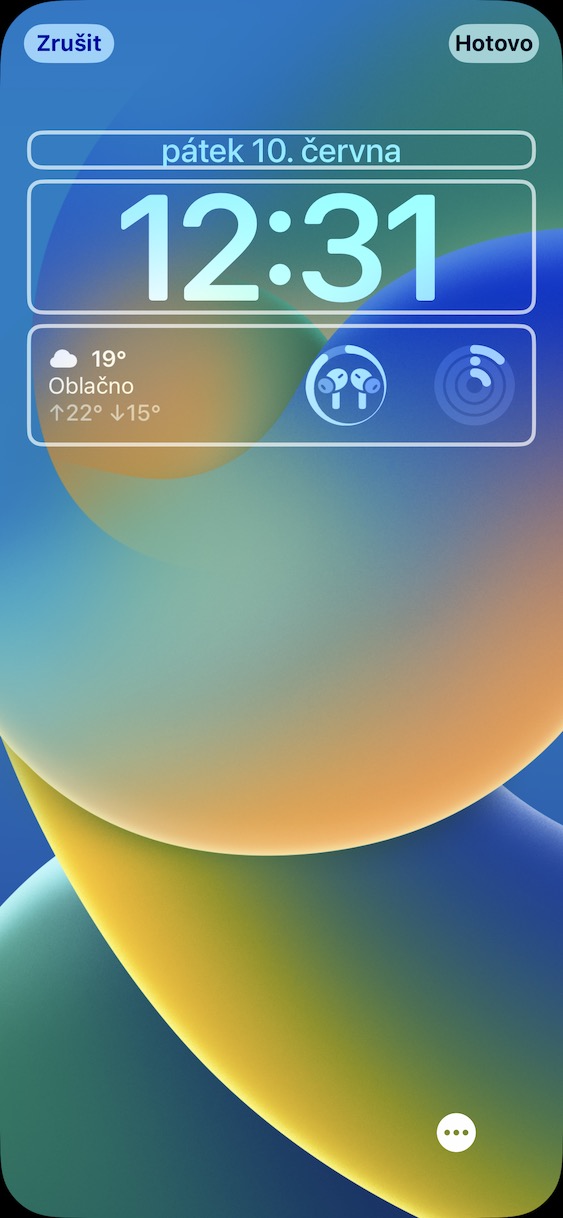

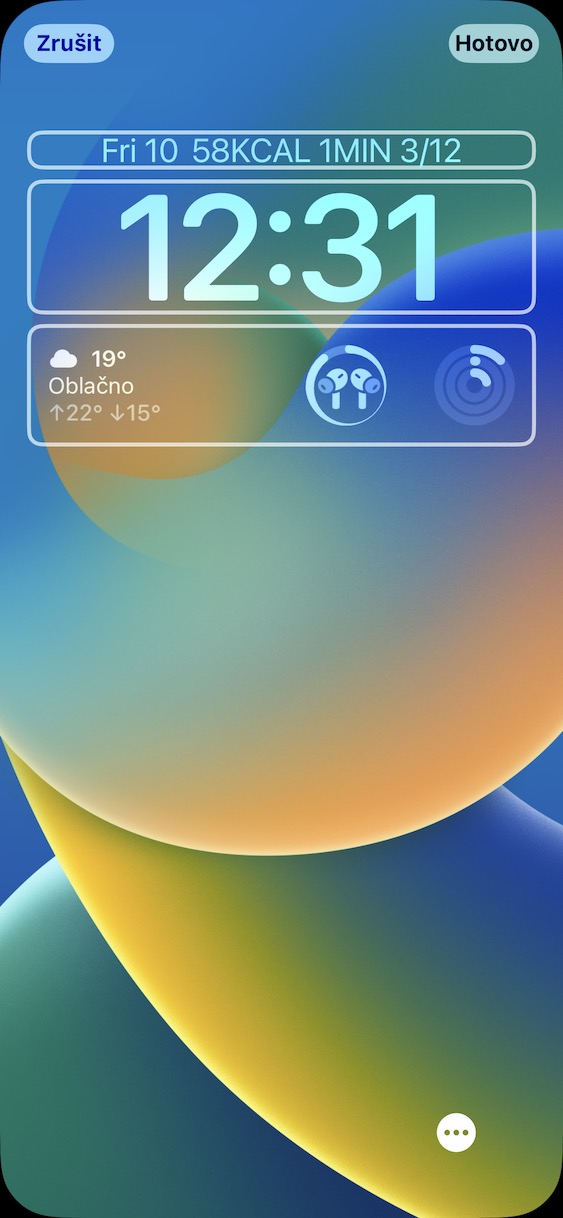
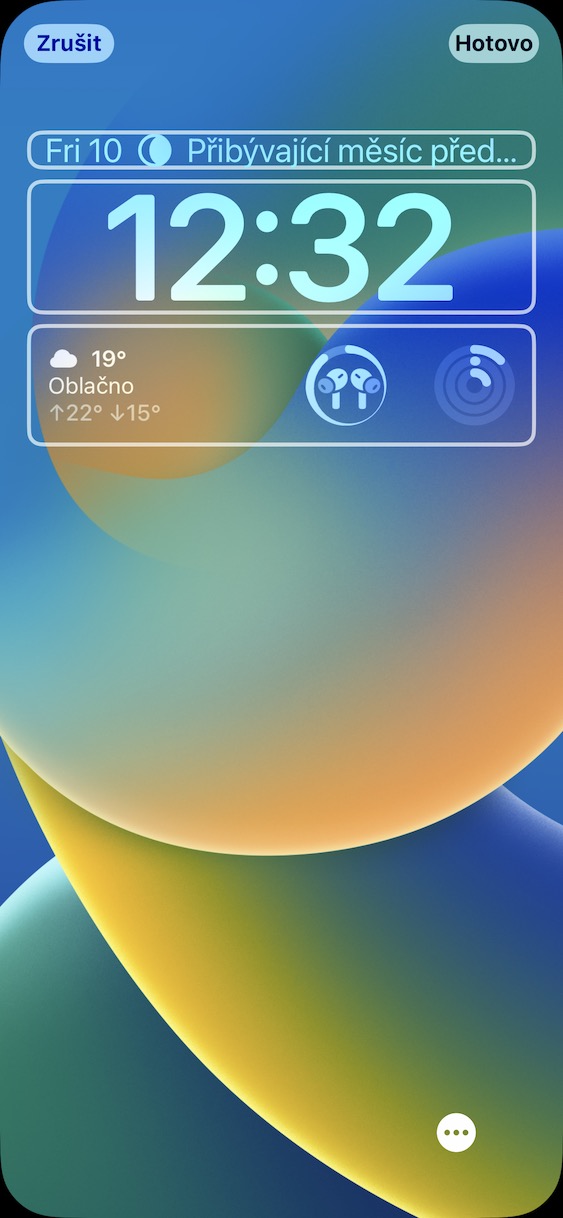
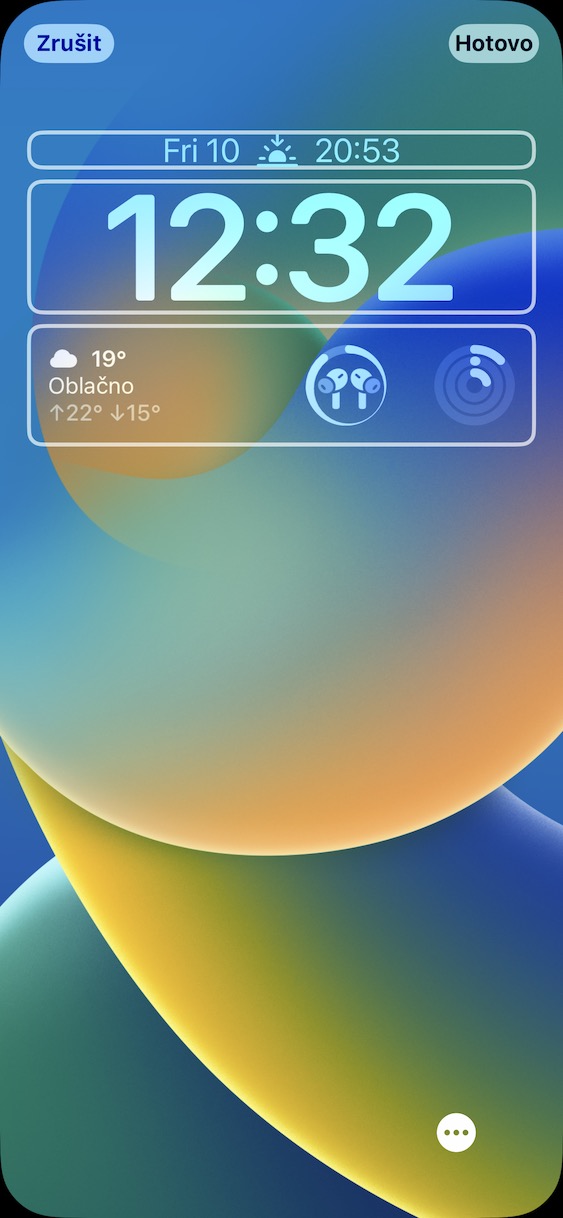
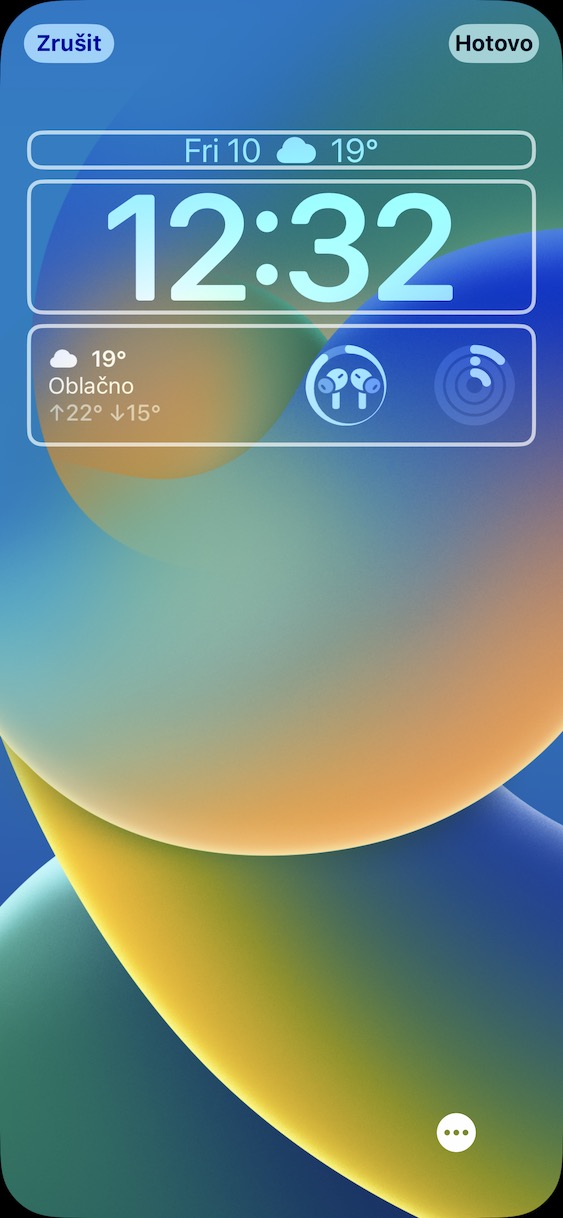

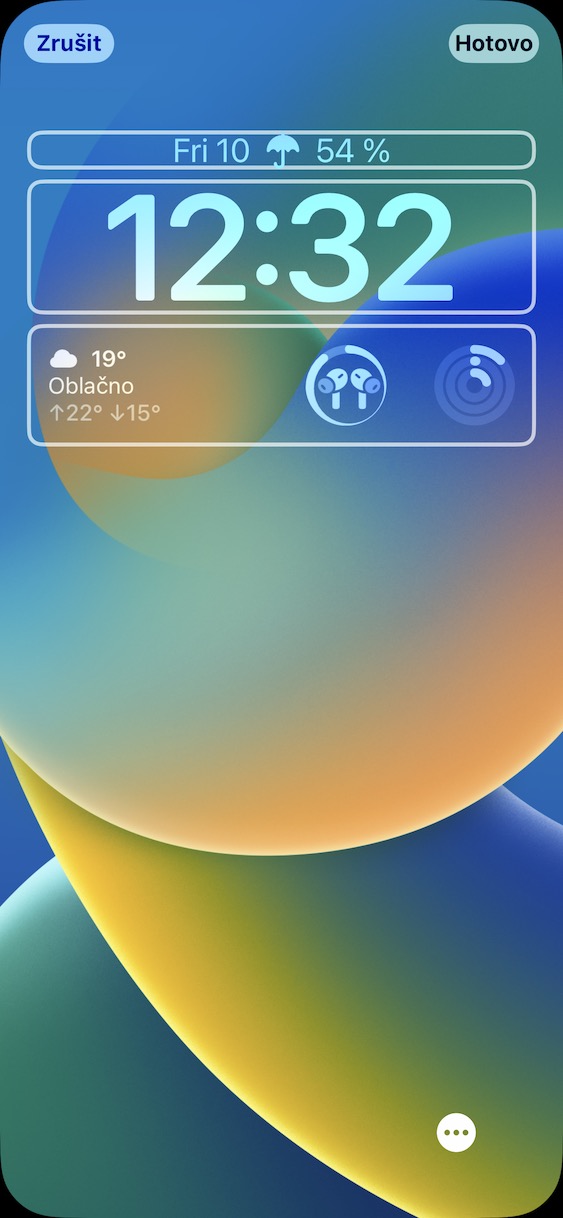
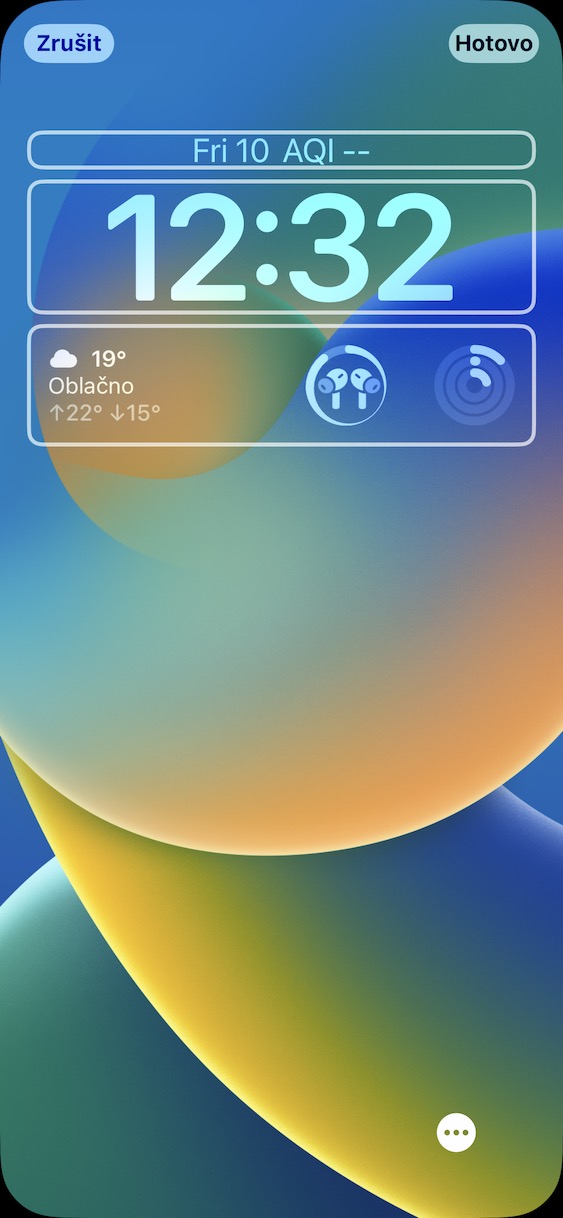
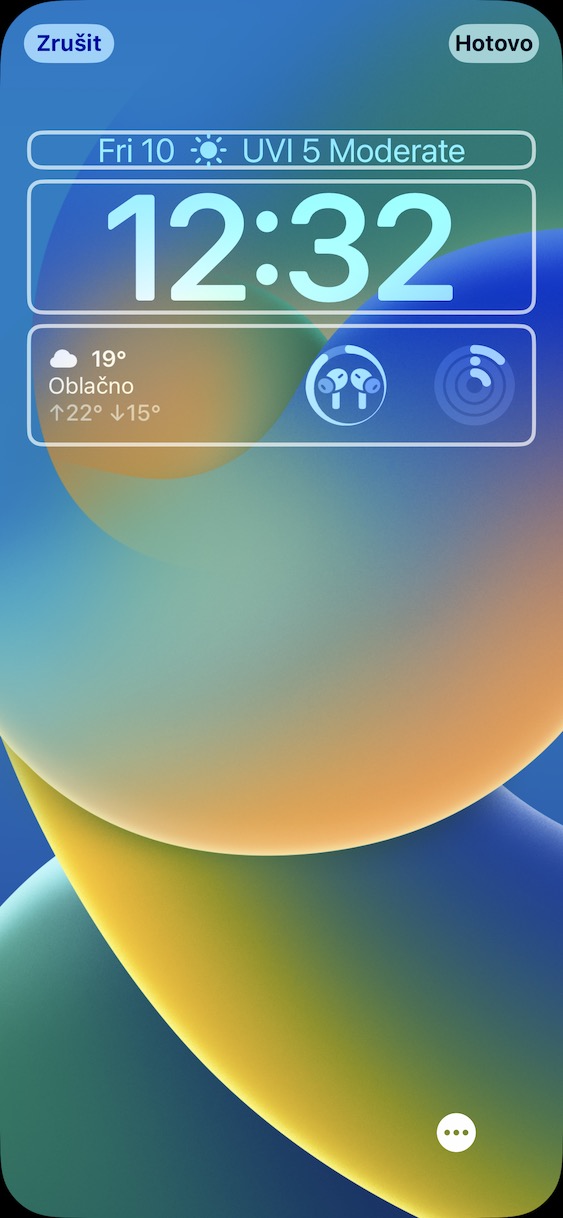
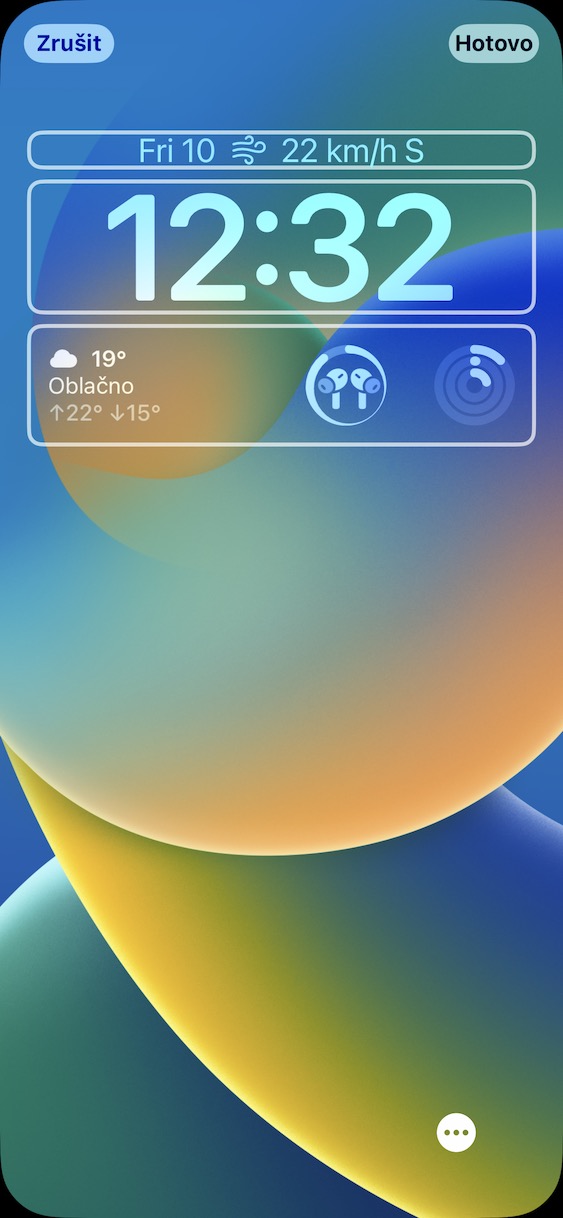
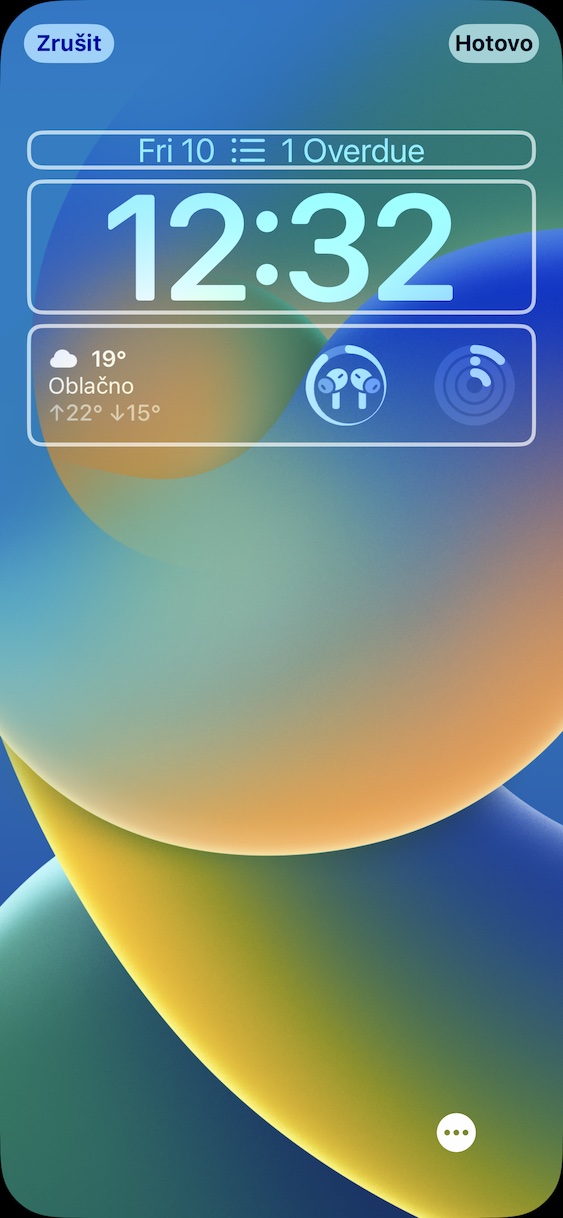
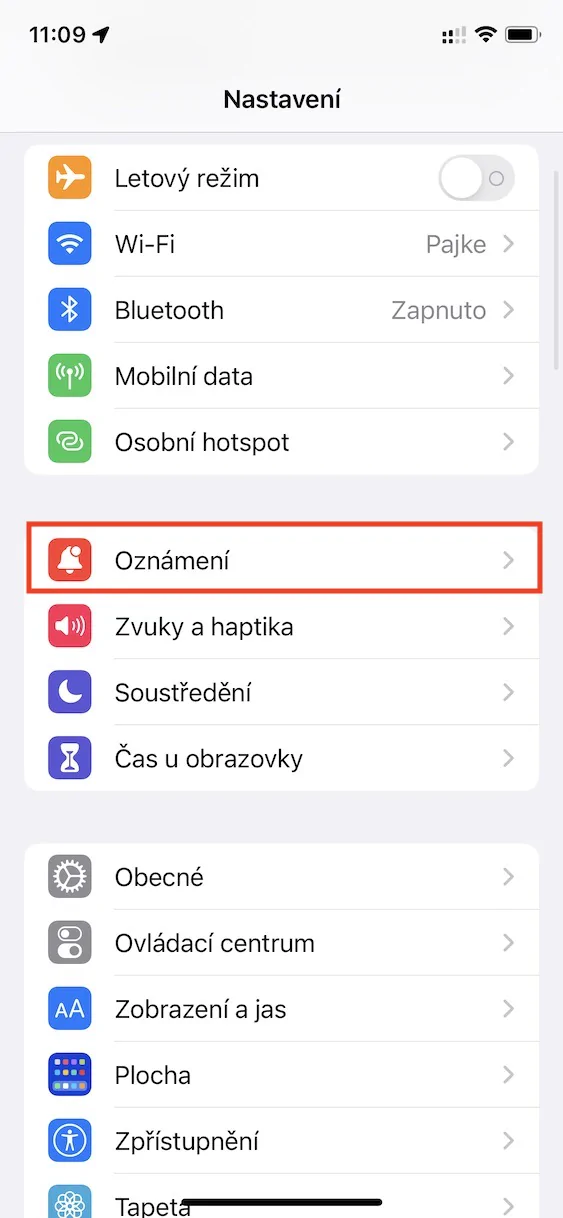
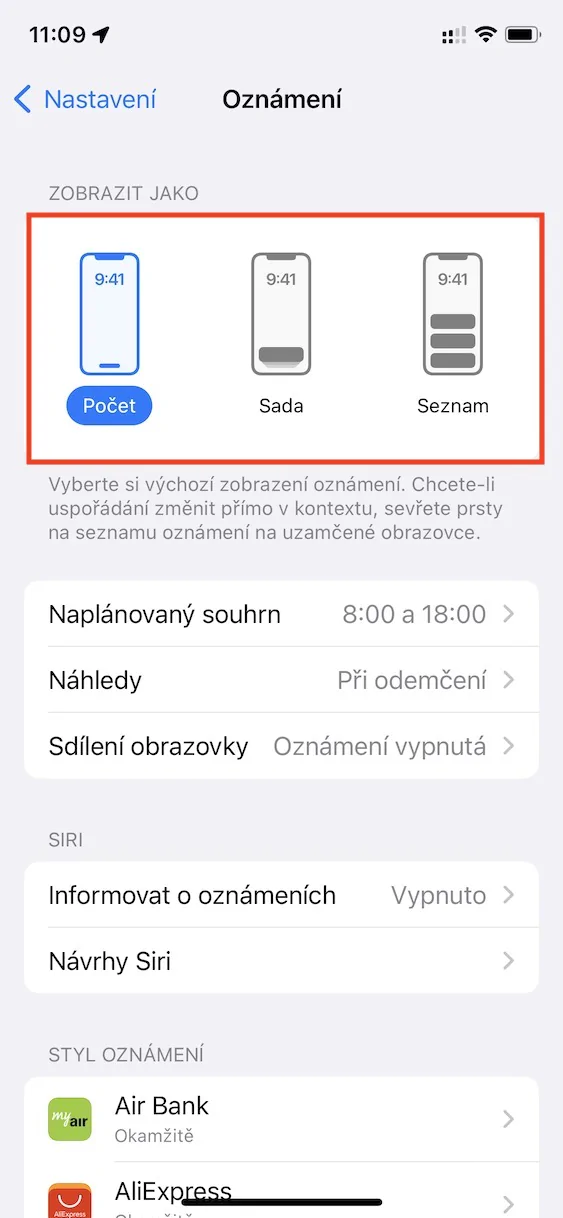
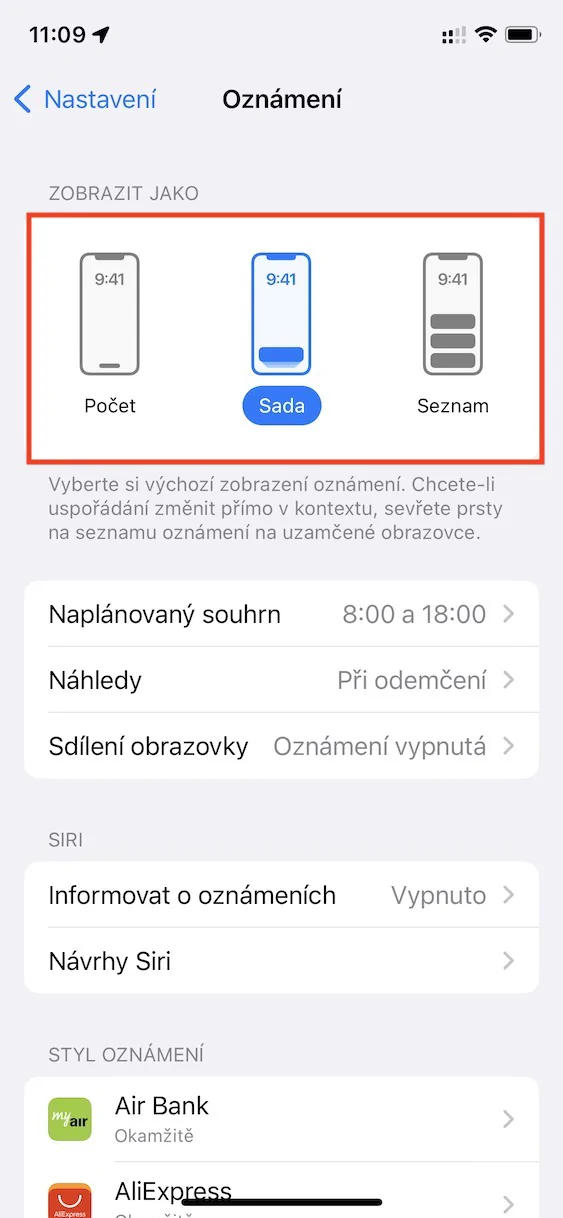
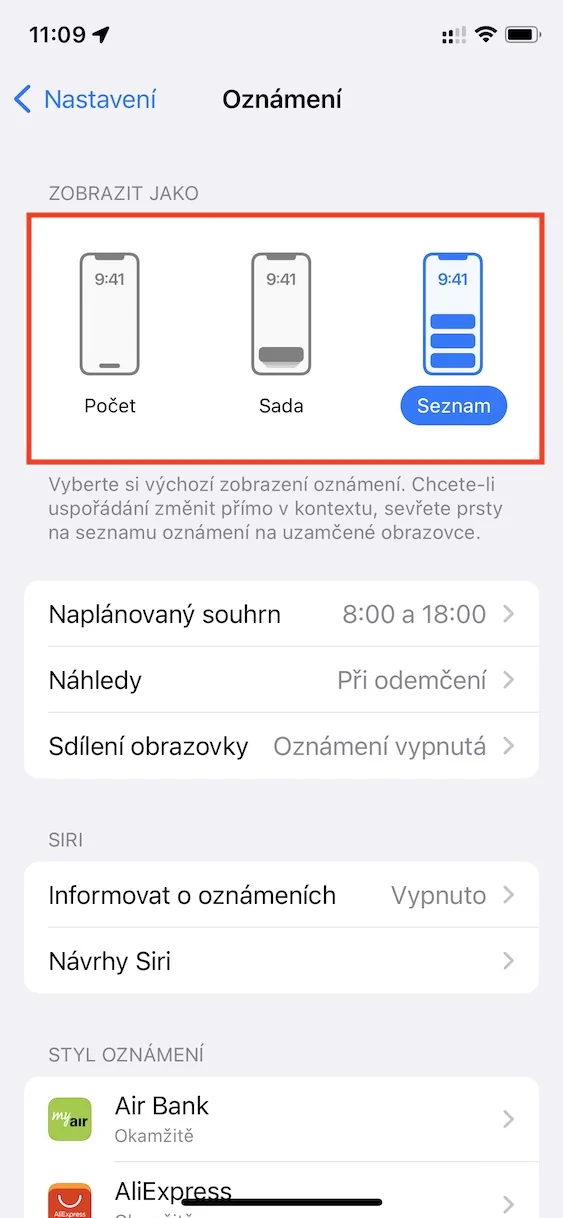
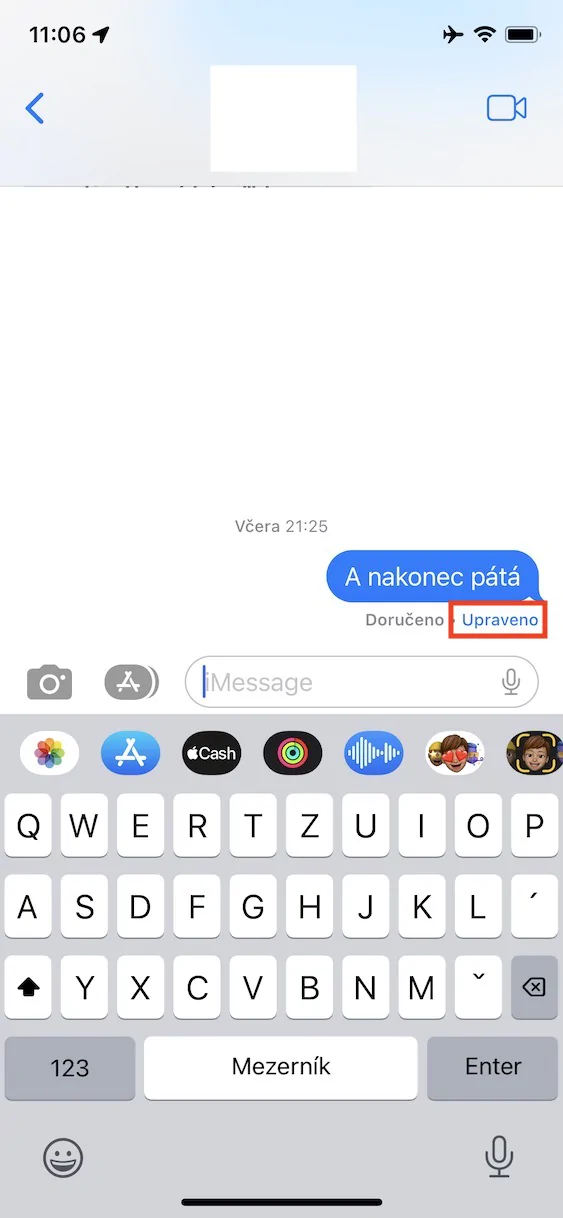
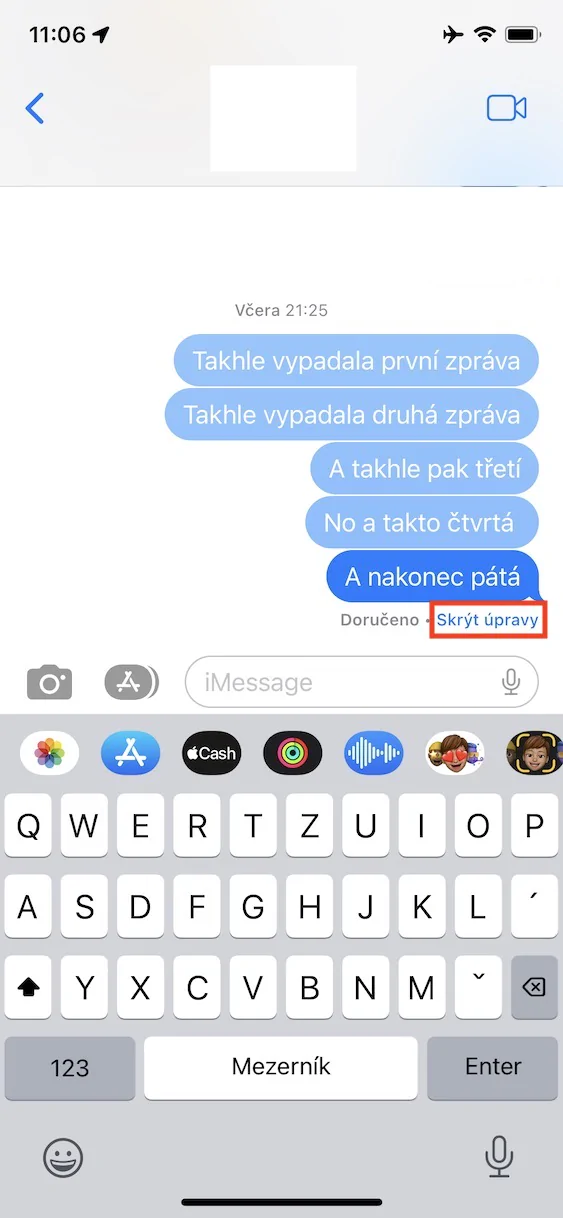
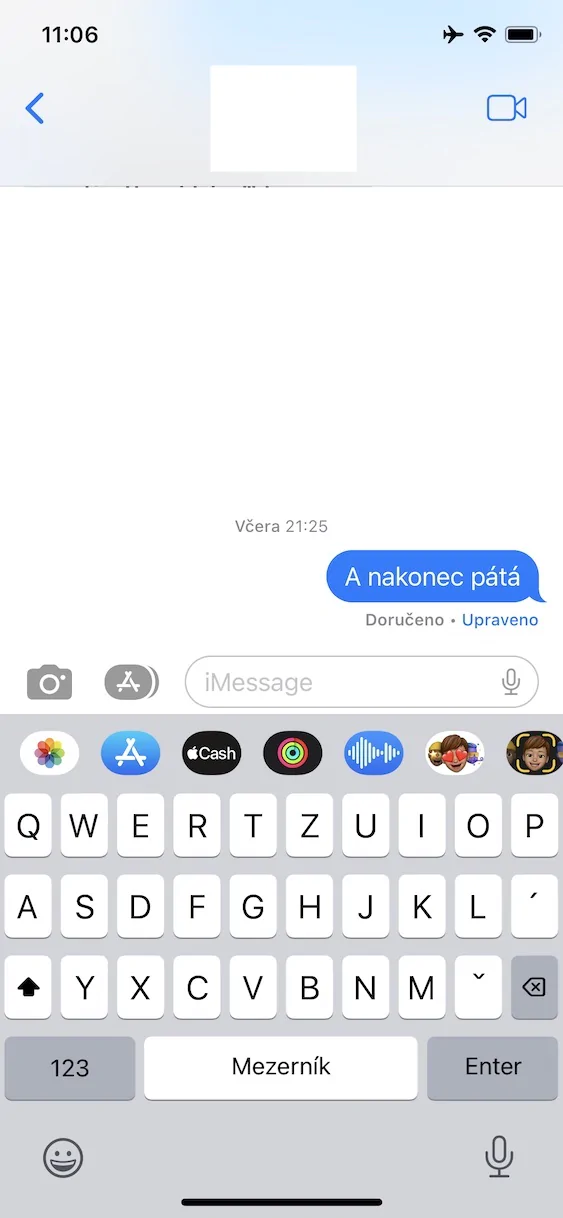
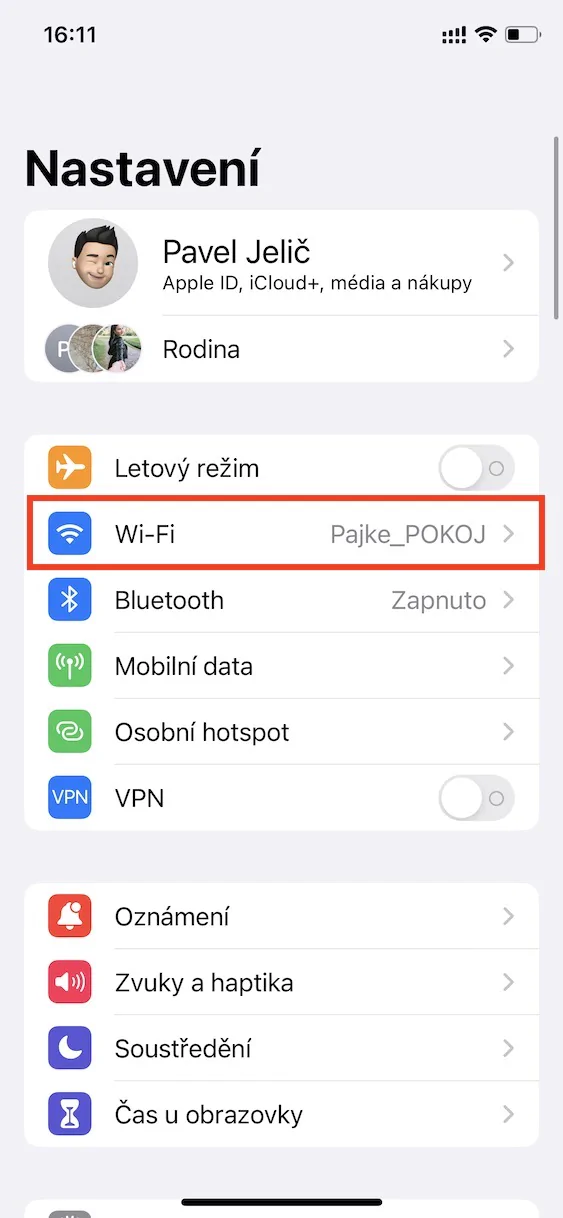
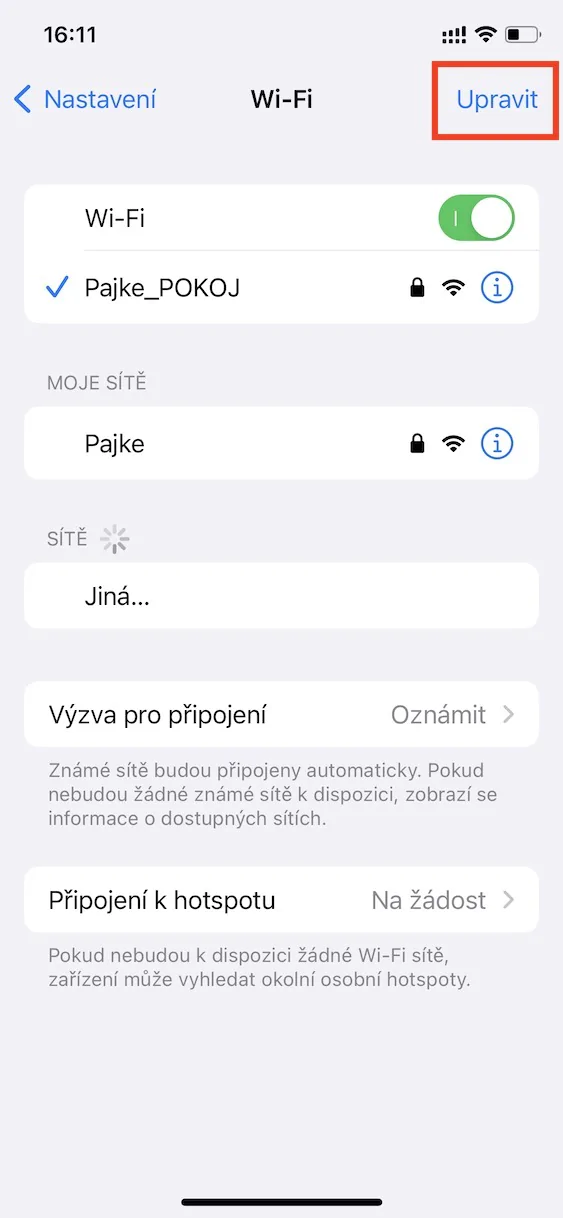
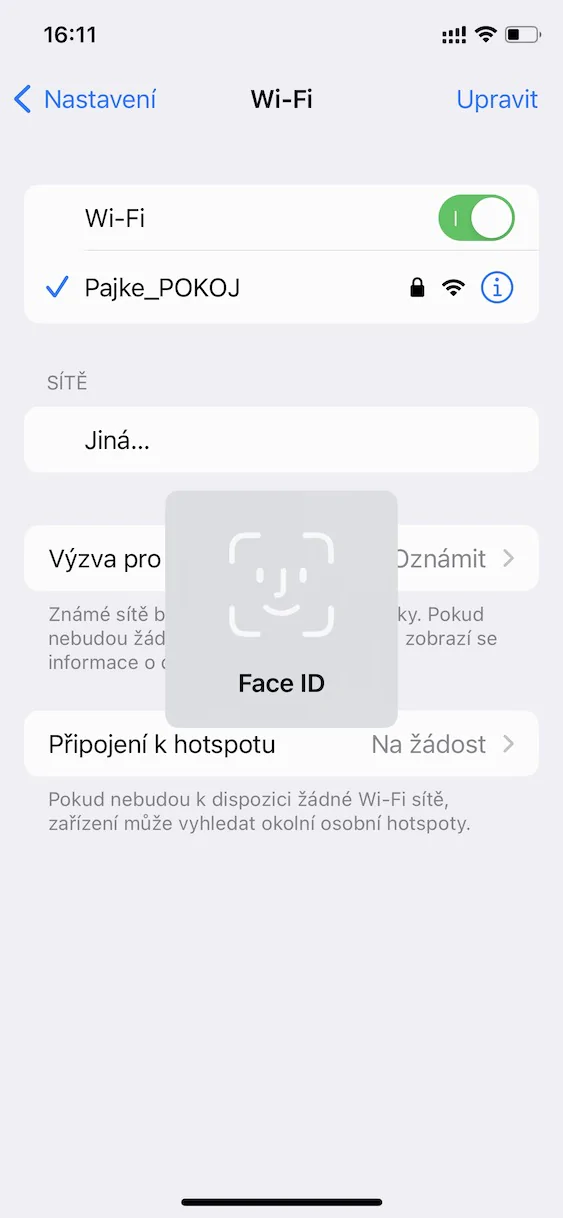
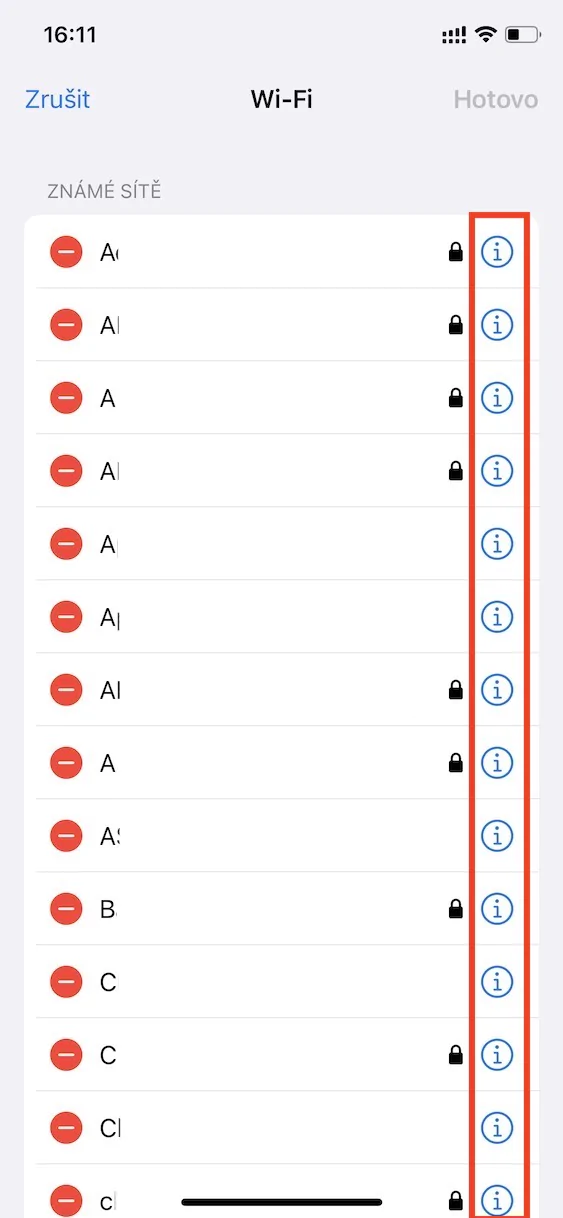
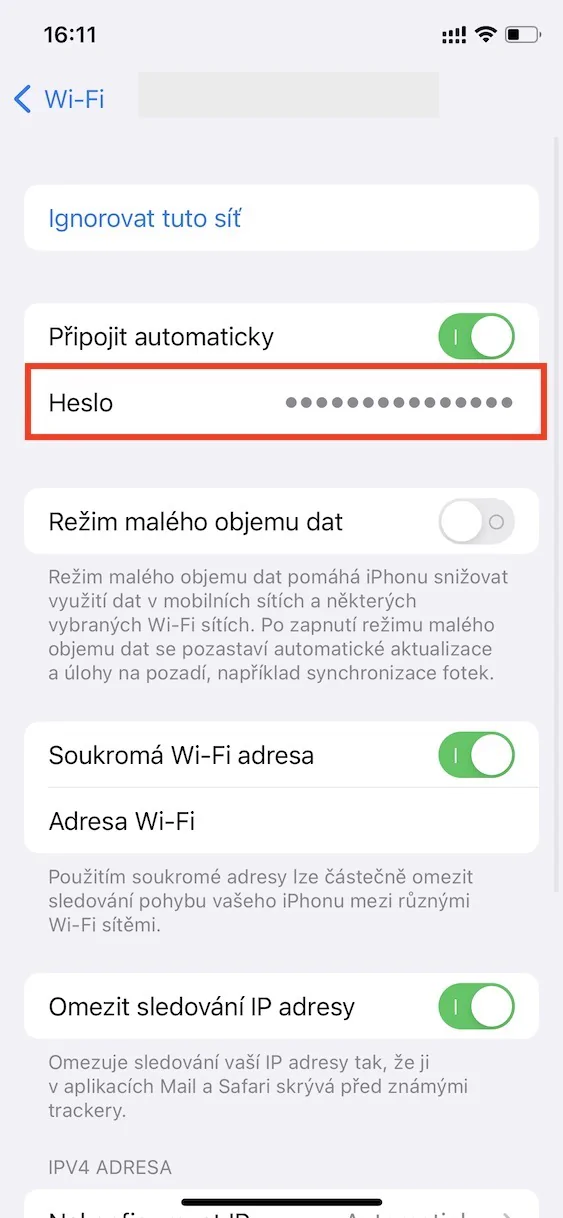
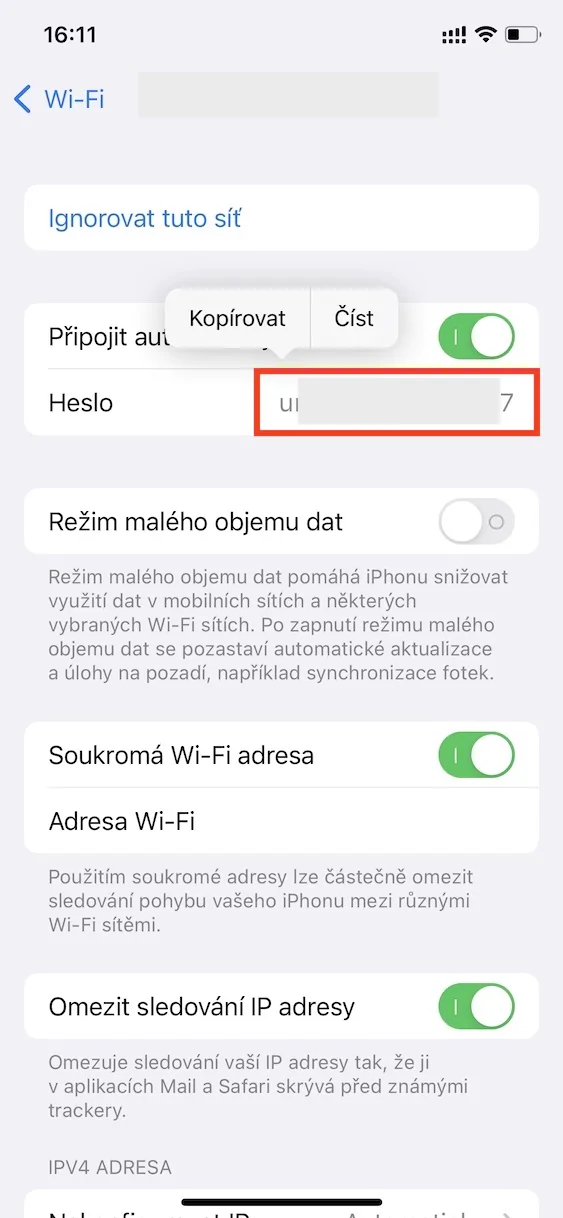
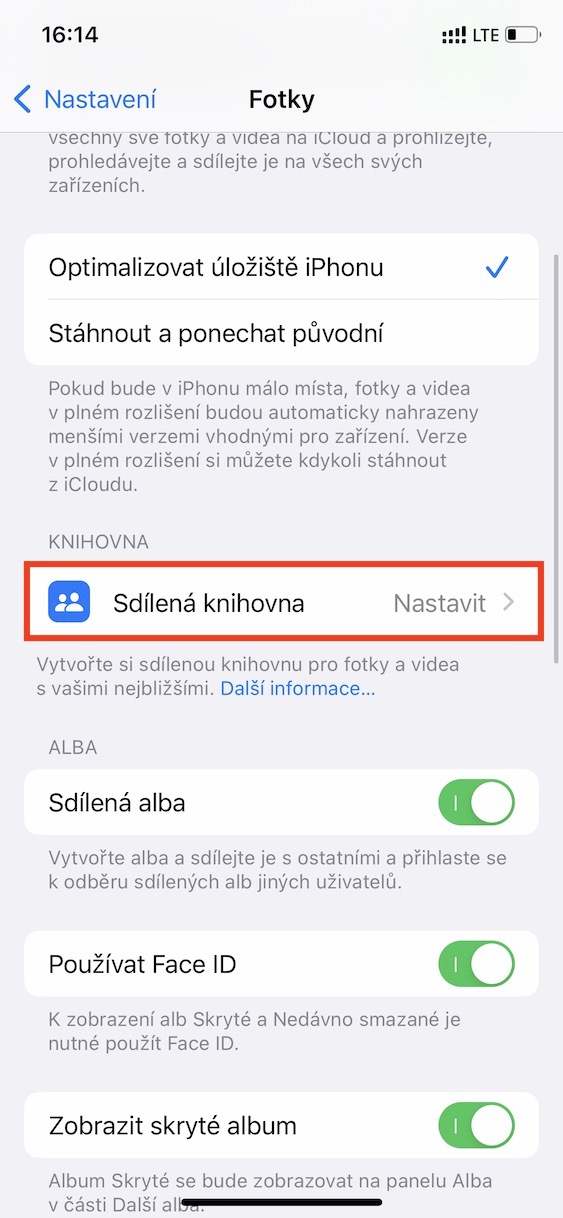
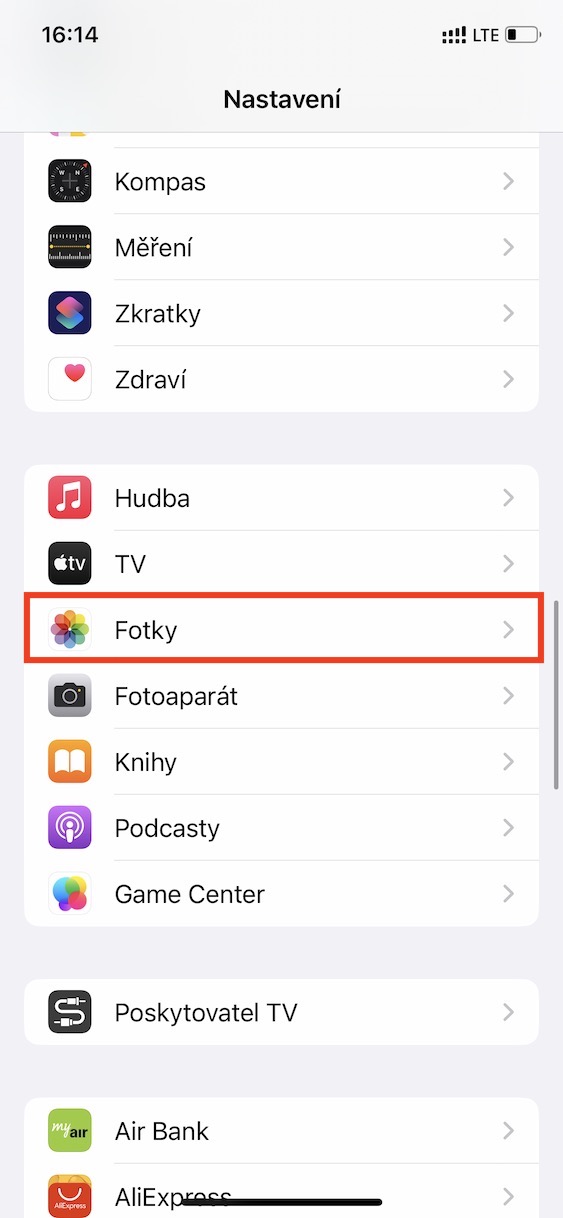
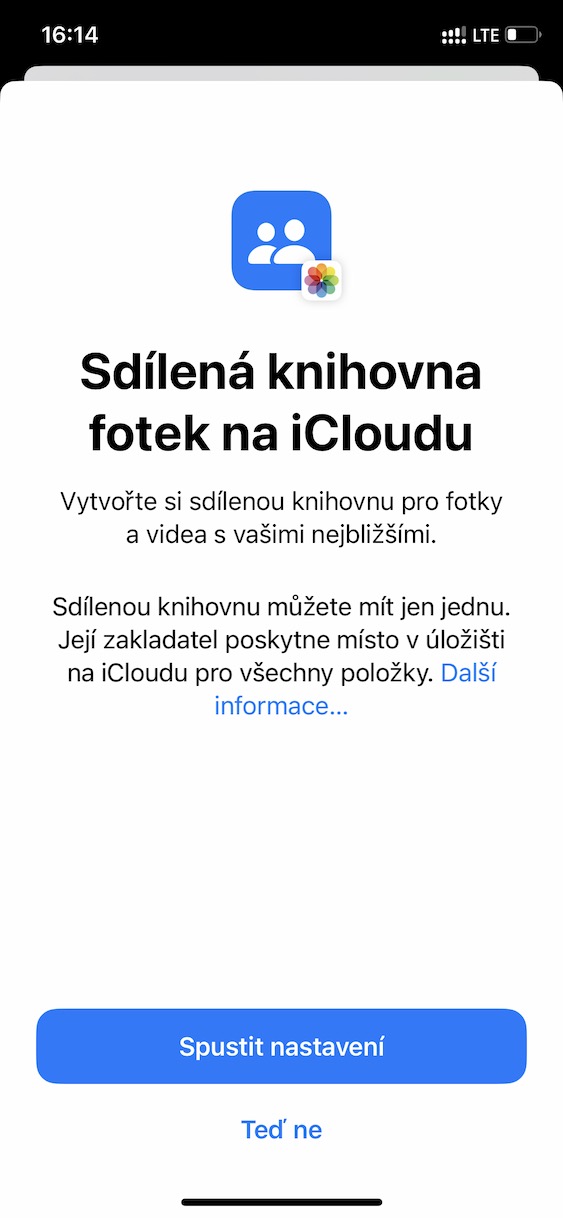
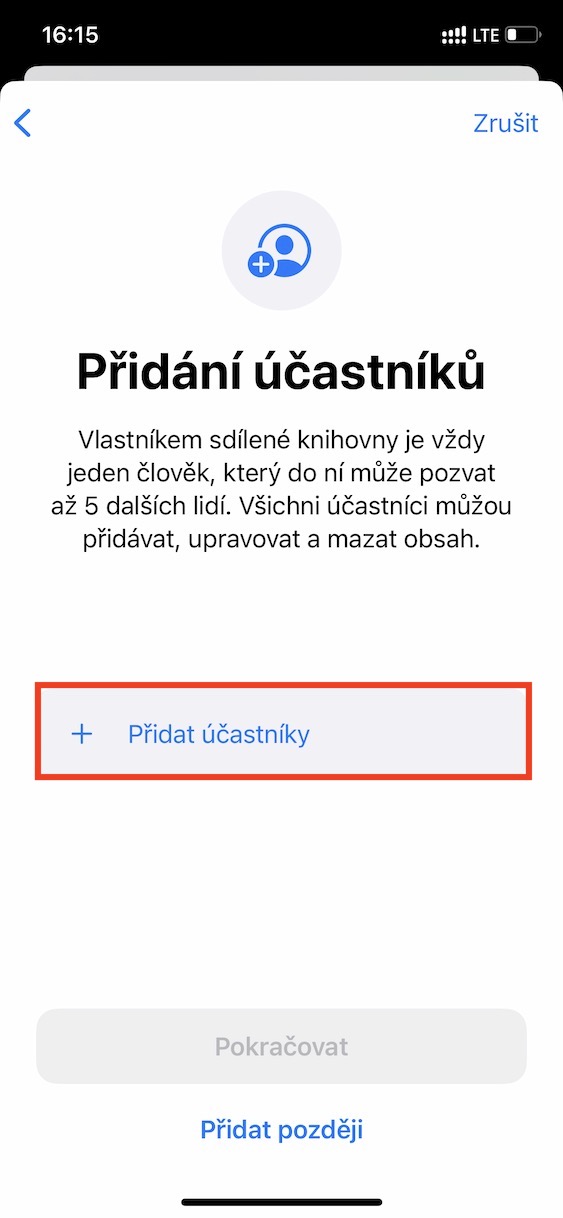
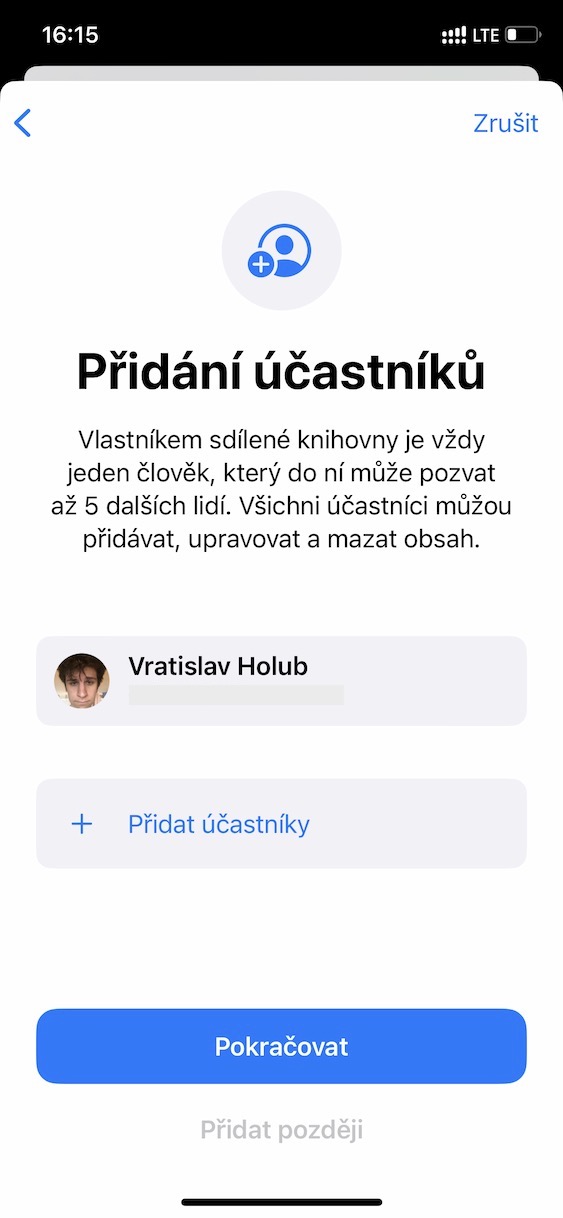
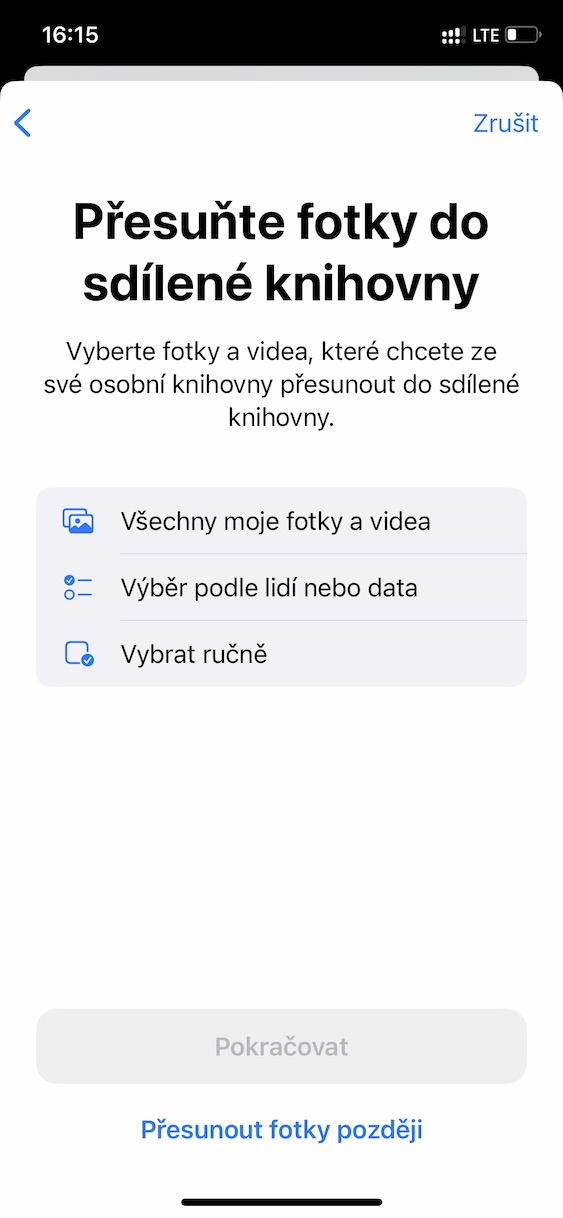
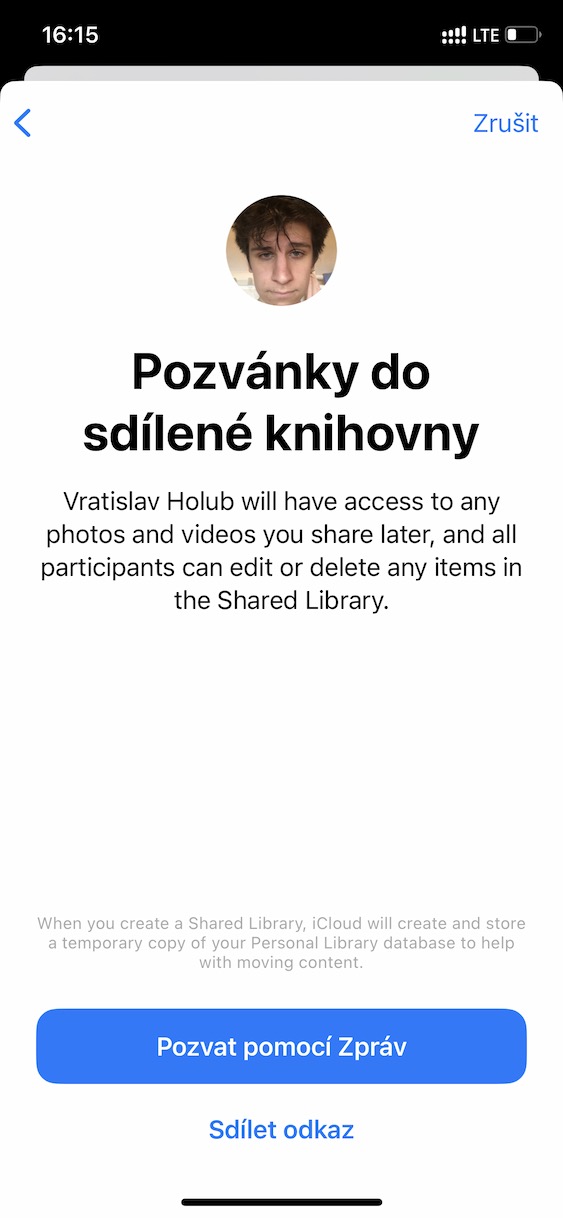
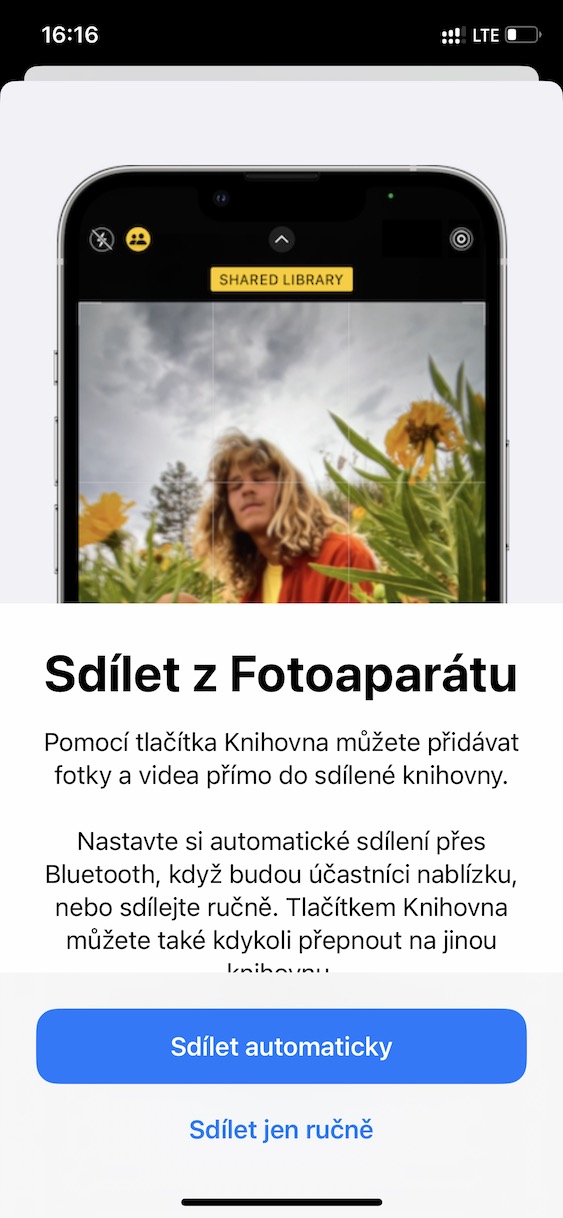
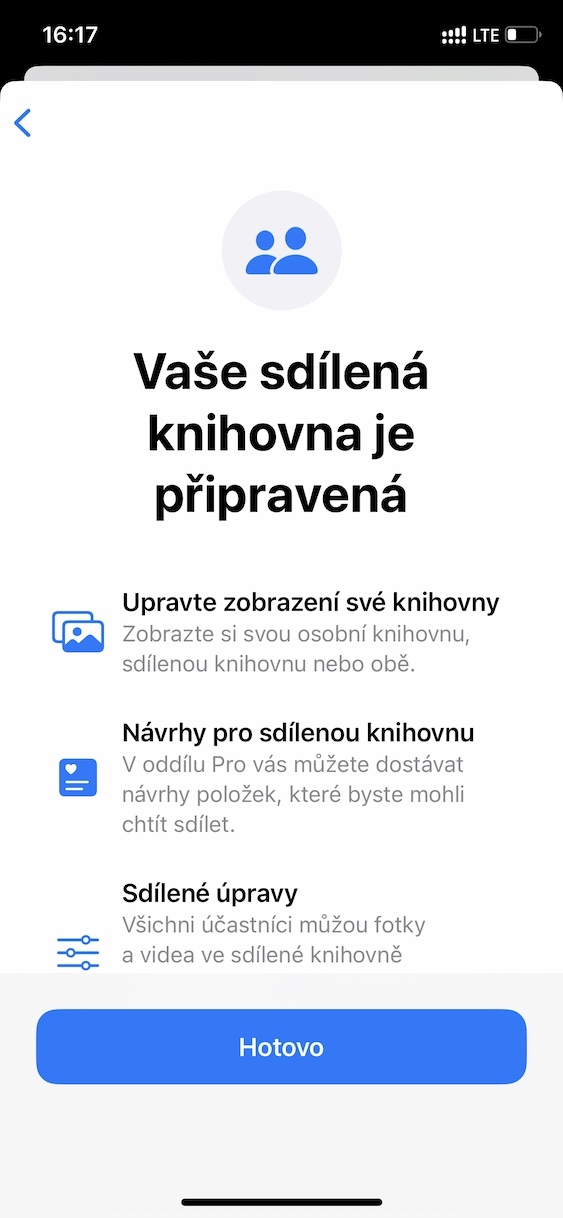

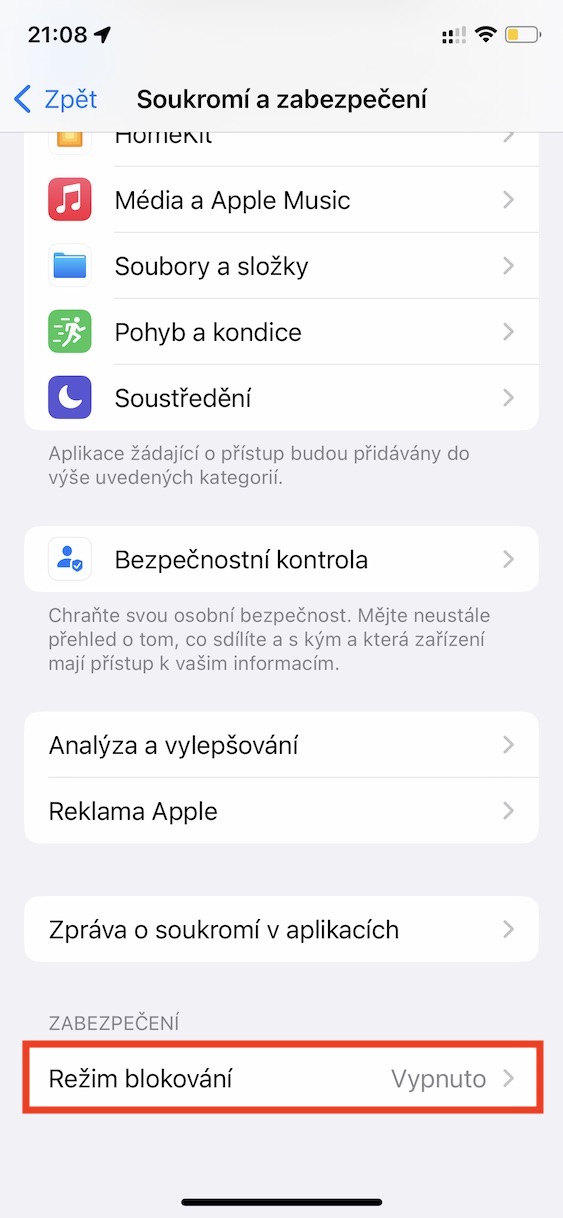
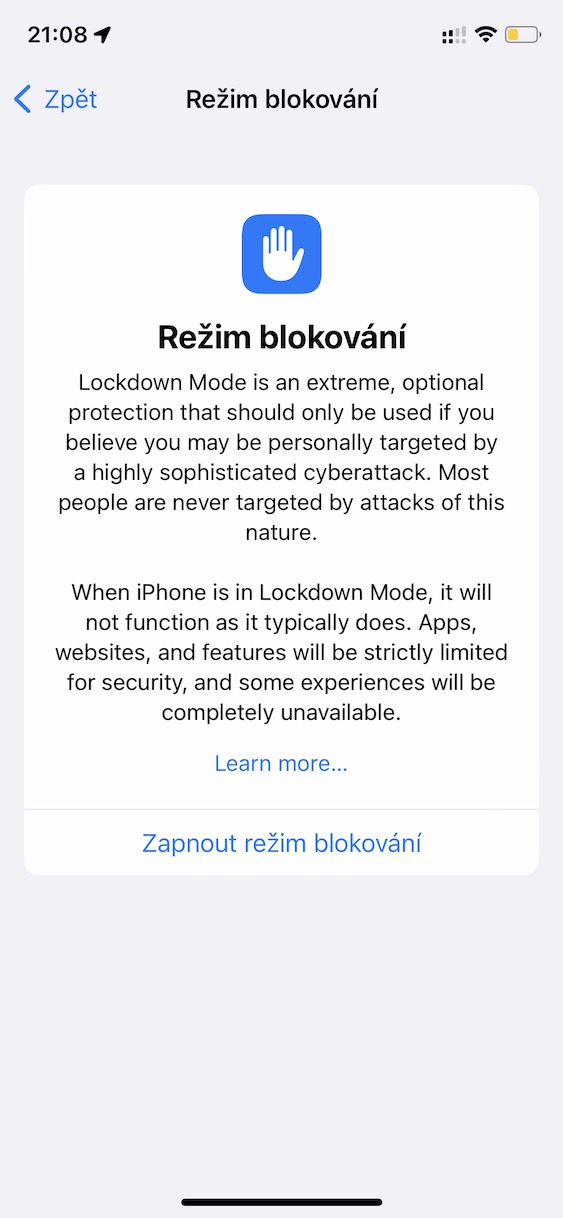
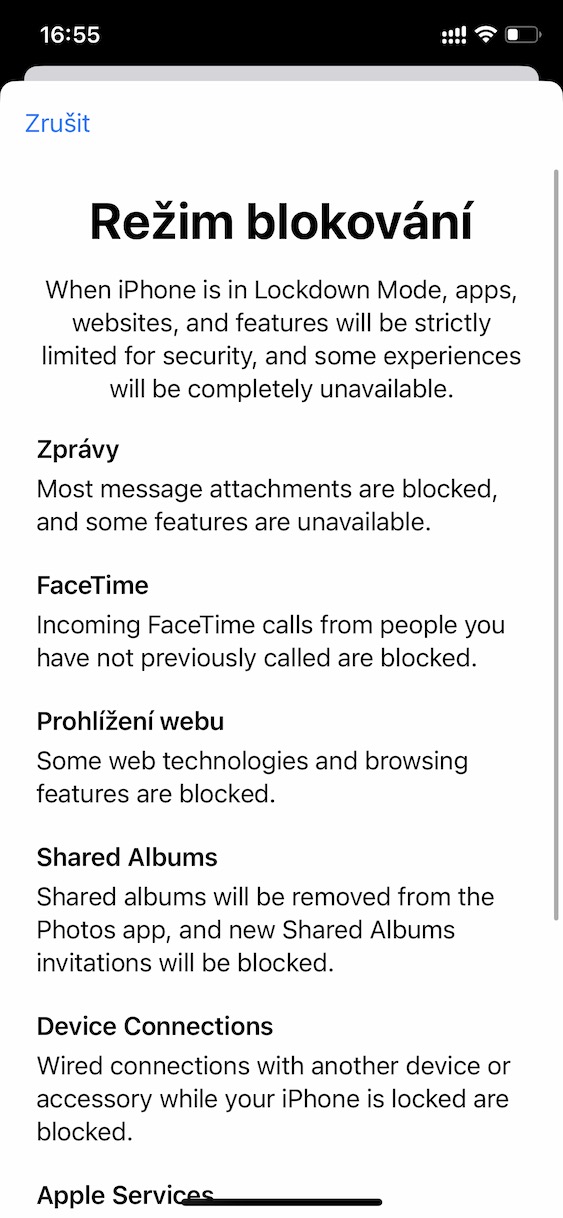
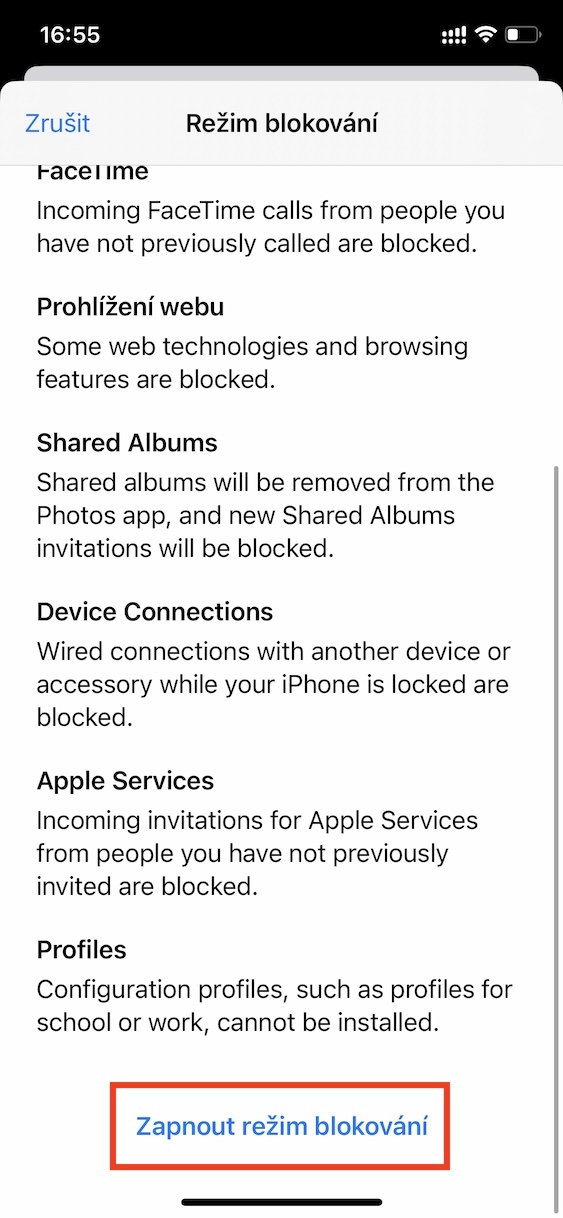
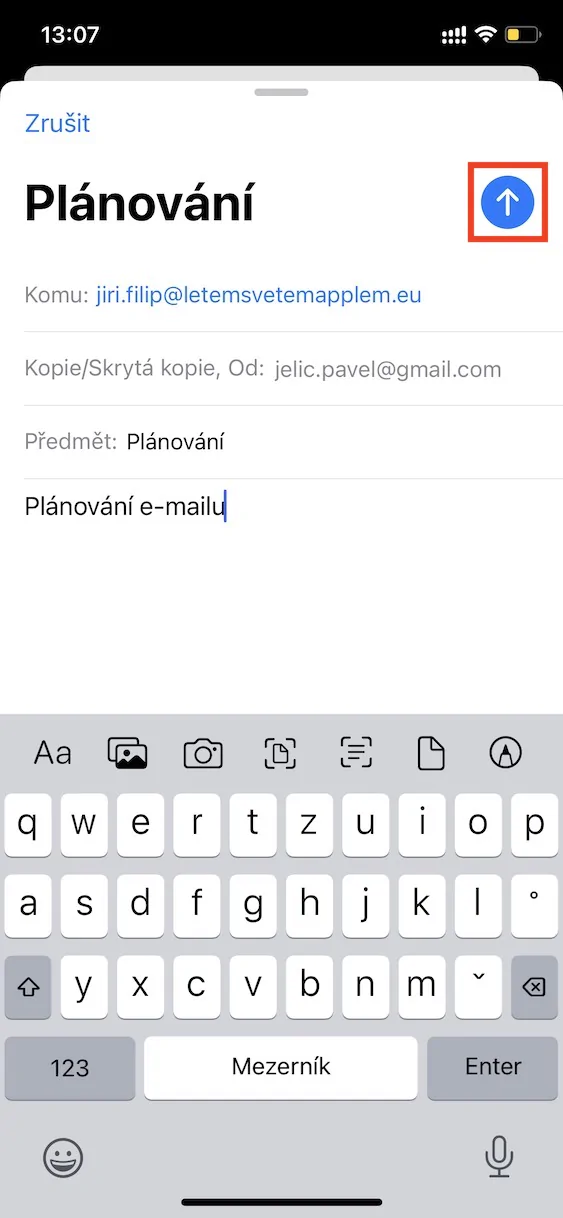
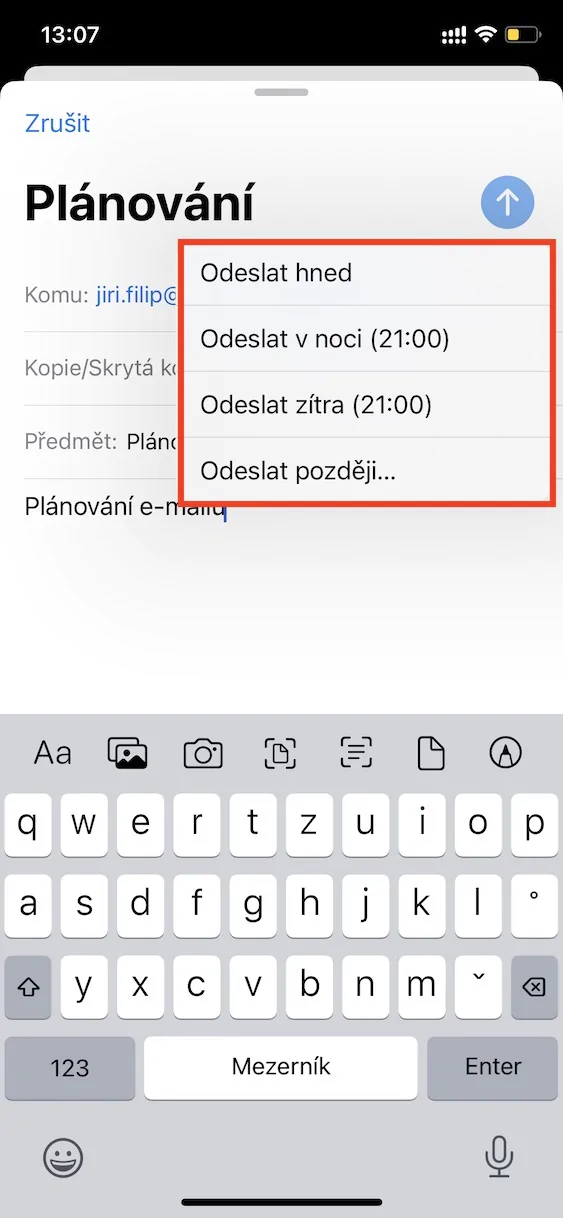
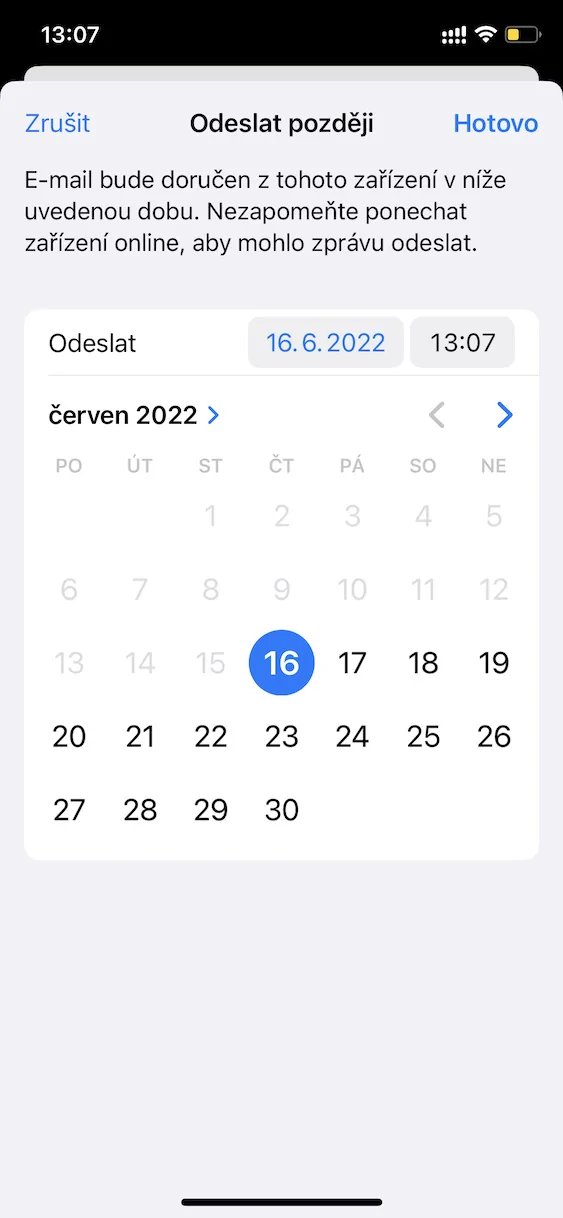
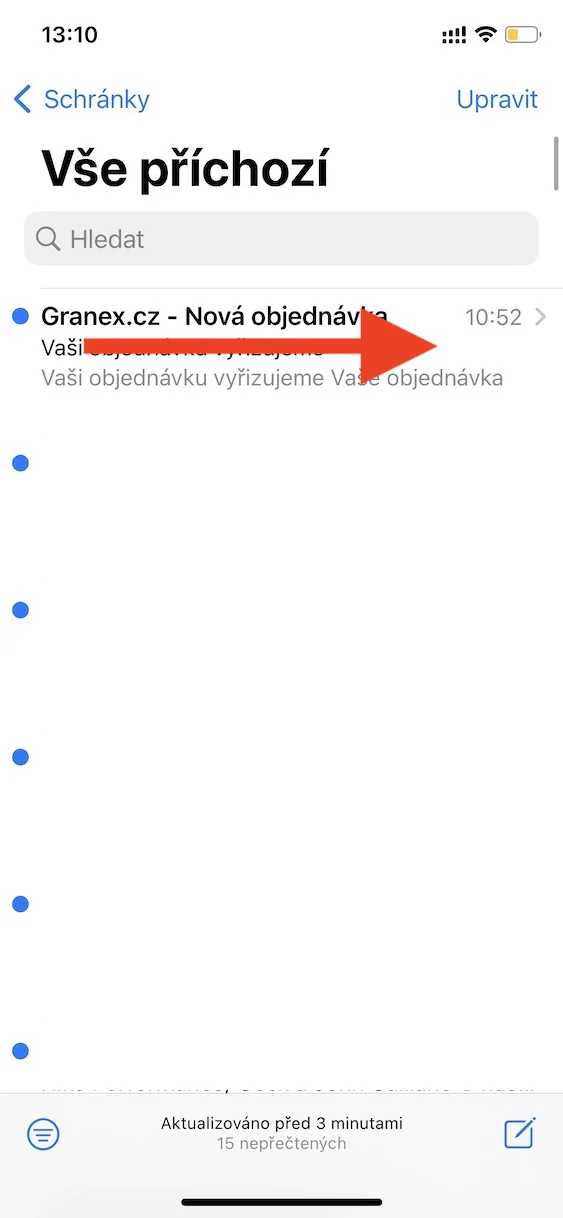
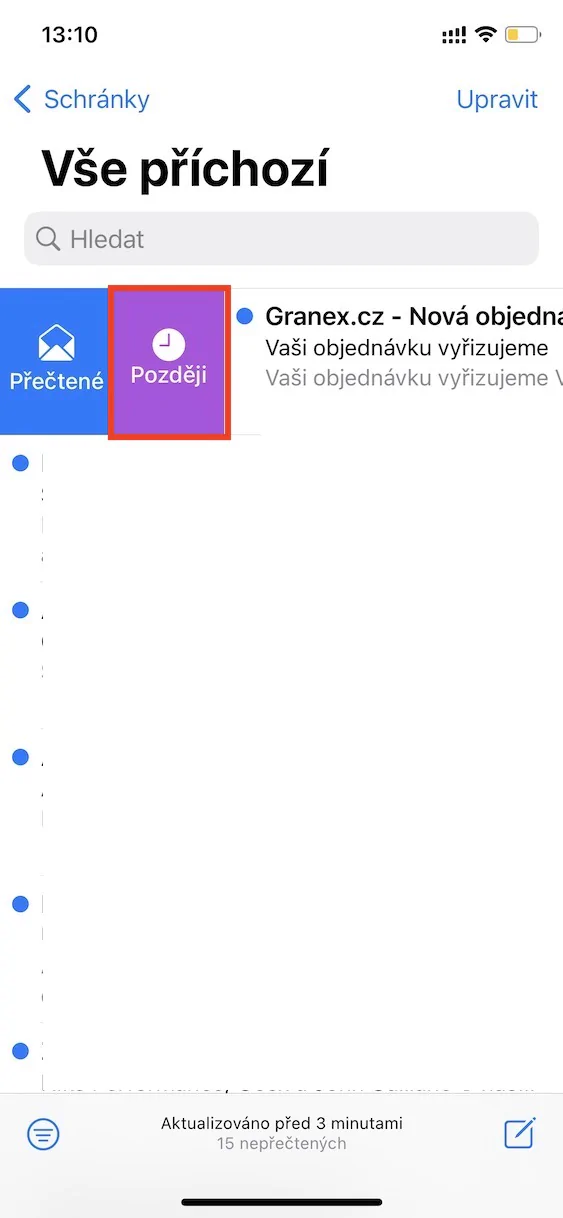
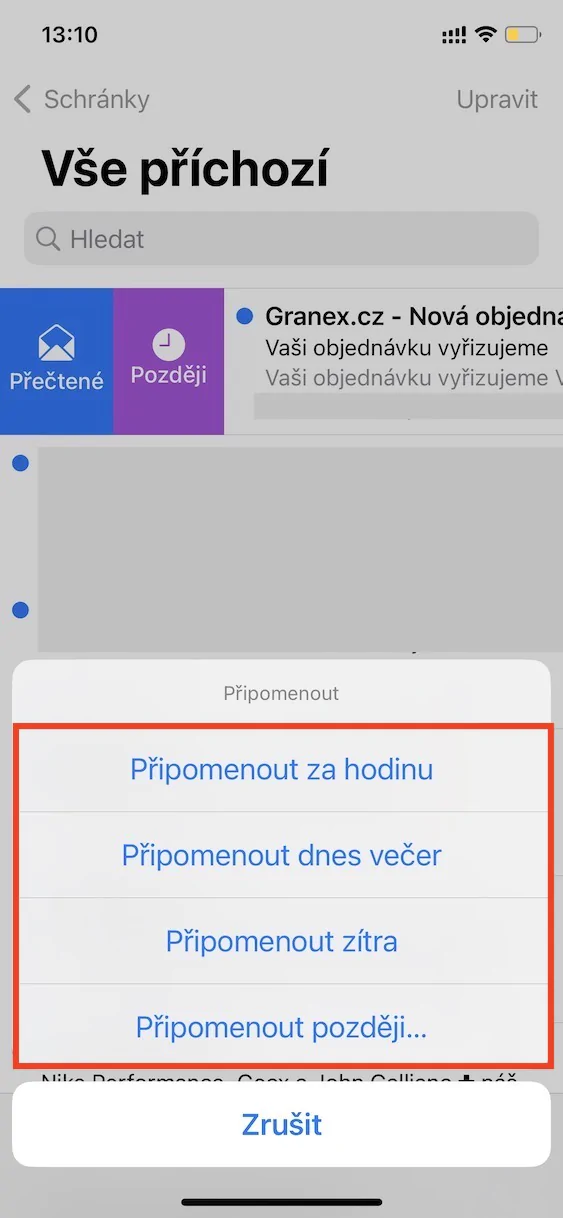
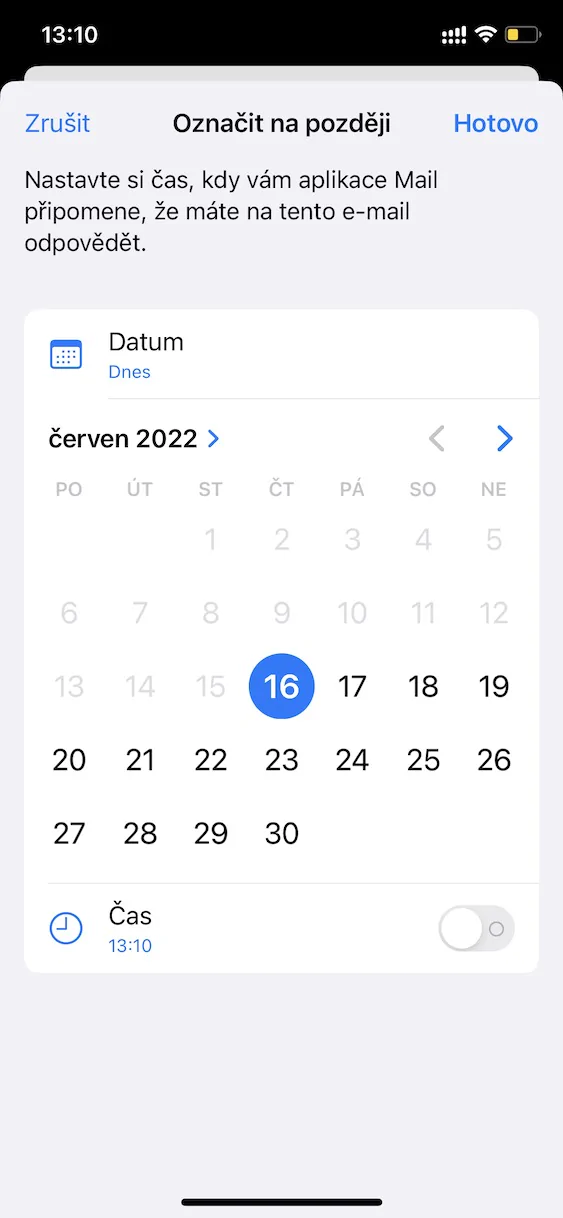
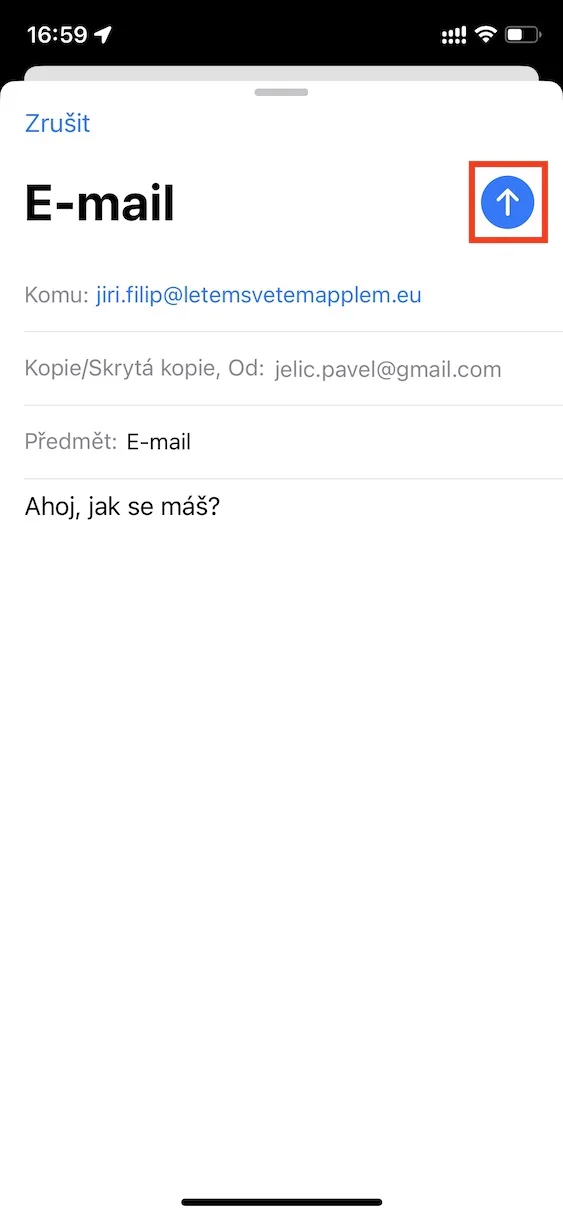
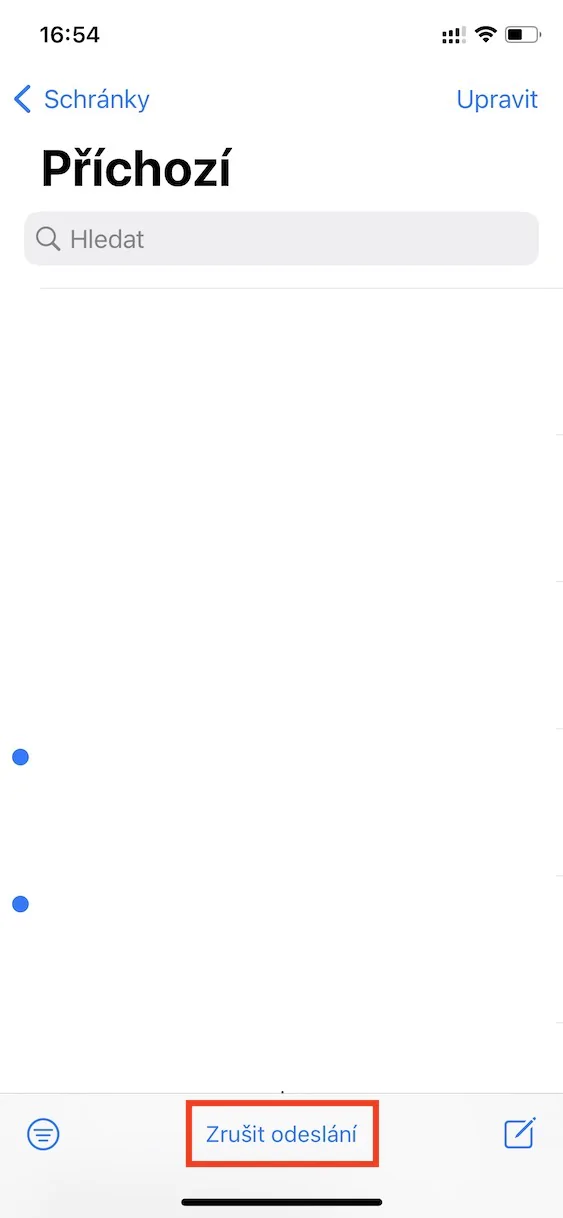
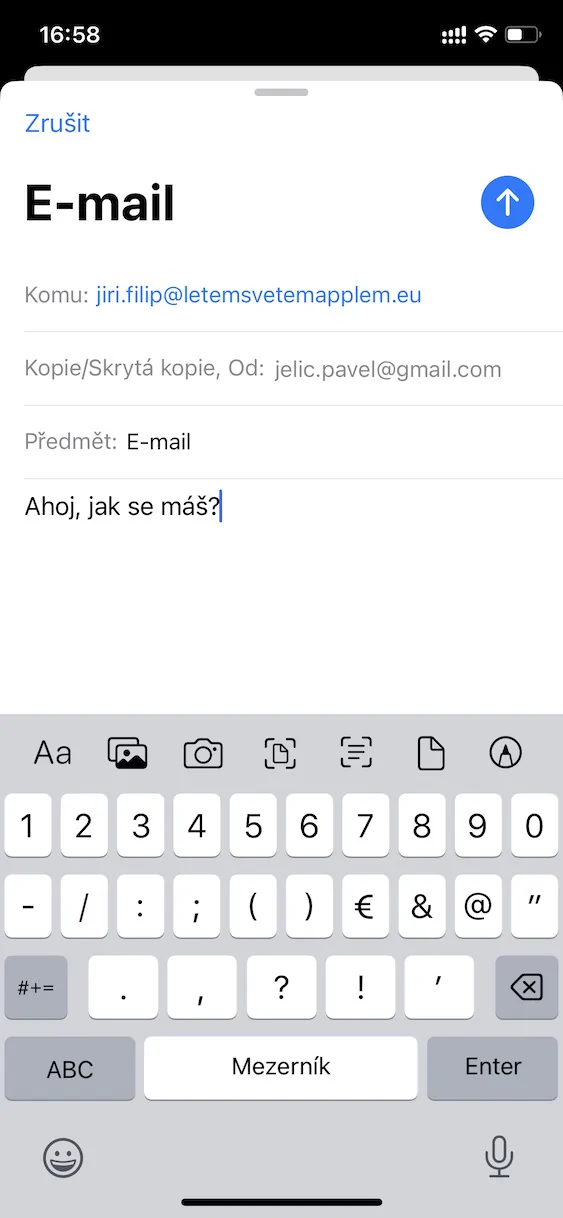
Too bad the shared photo library will arrive later…
Shared albums have been around for years. Why a shared library?
I also don't understand the importance of shared libraries..
so it doesn't show me the password...iPhone 11
even if I only have it when the screen is unlocked. I pop up a set of visible previews even on the locked screen. in the apk the settings are the same as in the settings
However, if someone else were to look at the screen, they would not be able to see the previews. Face ID recognizes the owner right away.